Discovering several thousand planets beyond the solar system or exoplanets is a eureka moment for humans. In just twenty years of exploration, space-based and ground observations have turned up above 4,100 confirmed exoplanets in only some parts of the galaxy we searched until now. If you add unconfirmed planetary candidates, this number jumps to cross 9,000.
But the biggest payoff would be capturing evidence of a world, some light-years far away, hospitable to life. To find a planet like Earth, astronomers need to look for habitable zones around stars, and these habitable zones should not be too cold or too hot for liquid water to be present on the surface. But do they exist?
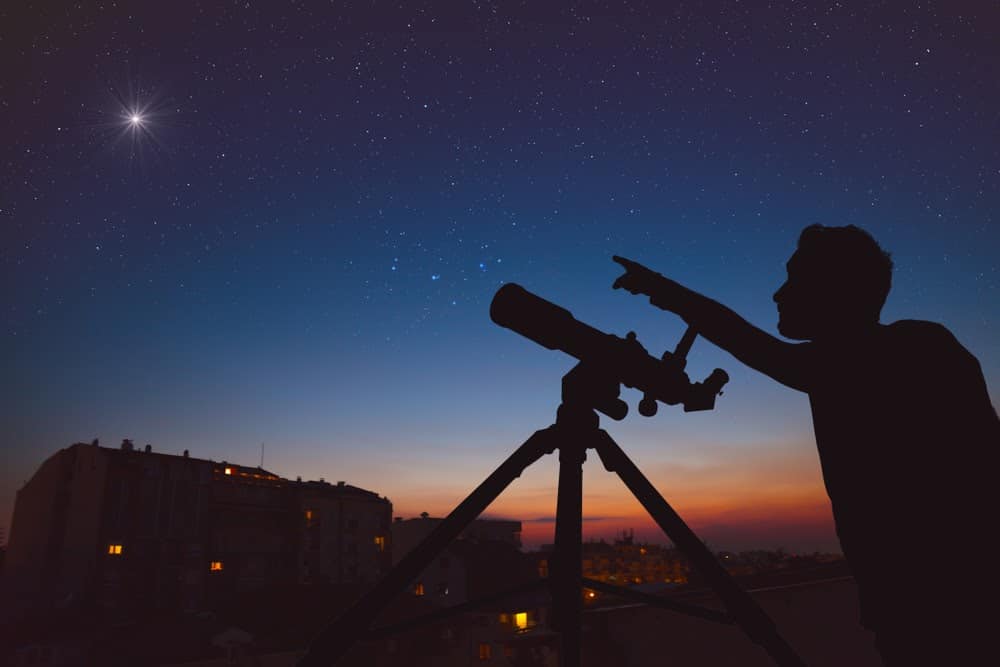
What are Astronomers Looking For?
An astronomer begins the hunt on the familiar ground because, on this planet, the only example of the life-bearing world, the requirement for water is imperishable. So, astronomers are looking for cosmos with similar environments. Near almost every typical star, like the sun, a band of possible habitability can be drawn – the correct temperature and distance for liquid water to be present. The foundation is a planetary surface where water could pool. Both planets and stars come in several sizes and shapes, and the interplay of factors determines the influence and extent of this habitable zone.
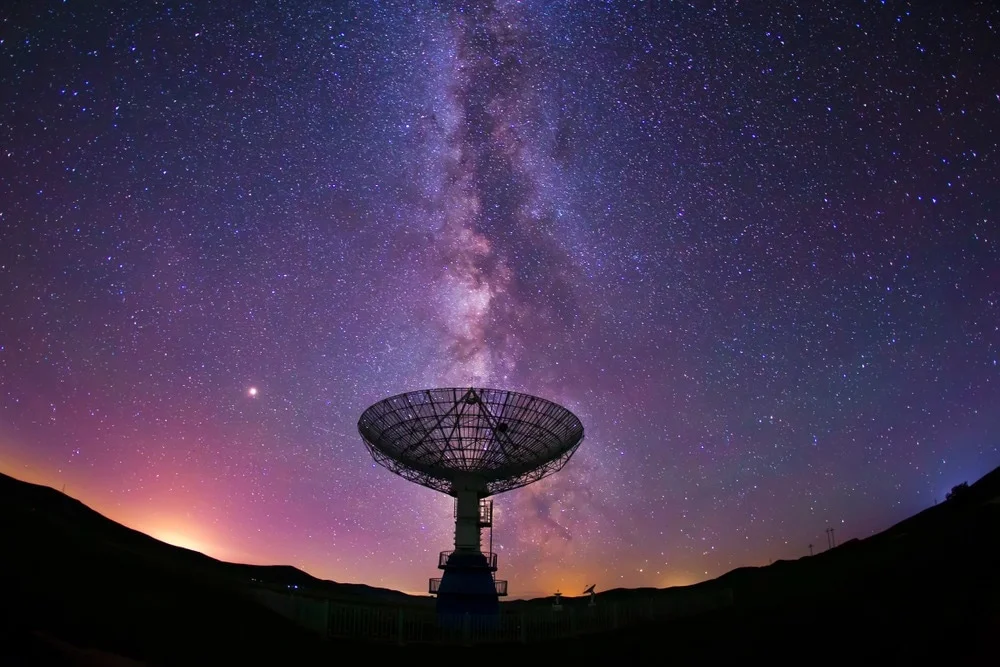
The habitable zone of a hot-burning giant star would be present at a greater distance as compared to that of a cooler, smaller stellar dwarf. So, if astronomers stick to this plan, discovering a sun, and then small worlds at perfect distances with apt temperatures, they may find a planet with life as we currently know it. So the ideal candidate would be an Earth-sized and rocky world nestled comfortably in the habitable zone of the star through the understanding of scientists of what makes up the habitable zone continues to grow.
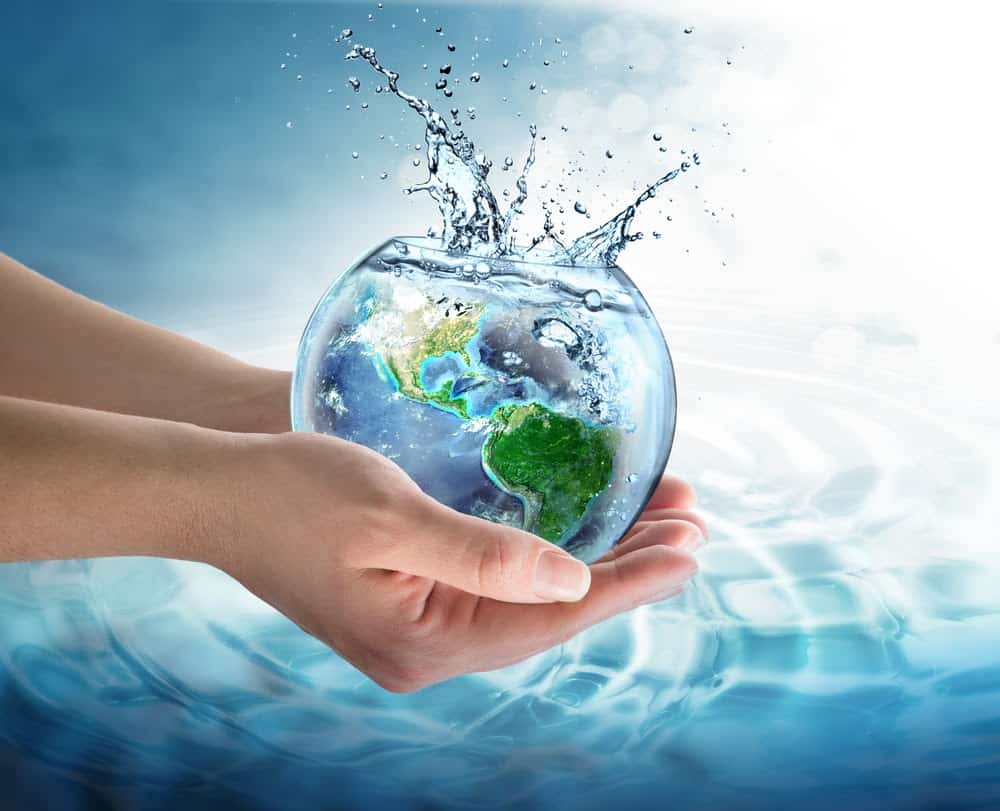
Why is Liquid Water Necessary for Habitability?
Liquid water is necessary for habitability, as it provides a medium for the interaction of chemicals. While exotic life can exist at hotter temperatures or higher pressures, such as the microbes found 0.5 miles under the West Antarctic ice sheet or the extremophiles near hydrothermal vents, those discoveries were made because humans could probe those extreme environments directly. They would not be detected from space.

Humans depend upon remote observations entirely when it comes to locating habitable conditions or life beyond our solar system. Surface liquid water may form a livable condition that can possibly promote growth. These lives can then interact with the atmosphere above, creating remotely discoverable bio-signatures that the Earth-based telescopes can find. These bio-signatures may be Earth-like gas compositions (ozone, oxygen, methane, water vapor, and carbon dioxide) or the structure of the ancient Earth (mostly carbon dioxide and methane, and no oxygen) 2.7 billion years ago.
Earth is one such planet where this has happened already. Therefore, the goal of astronomers is to detect the planets that are close to Earth’s size as well as orbiting at distances from the star suitable for the existence of water in its liquid form on its surface.
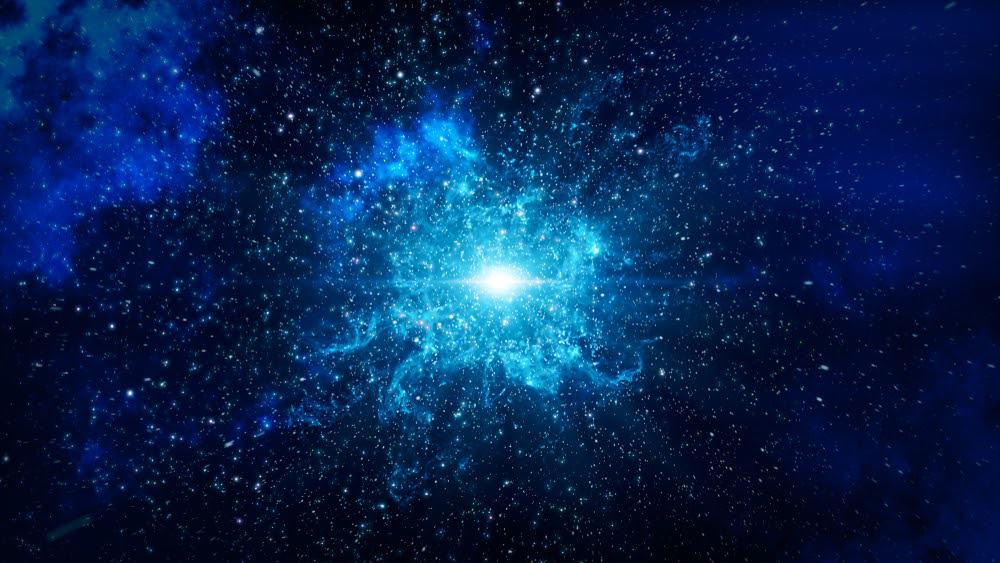
What Would the Right Star Look Like?
While the composition and size of both stars and planets are crucial to habitability, time also plays an important role. Big bright stars tend to burn out more rapidly than their more contemporary counterparts. The life of bright stars is only a few million years. However, the sun has been burning steadily for almost 4.5 billion years and will approximately shine for 5 billion years more. At that point, the sun will swell to several times its former size to possibly consume Earth and the other inner planets. However, the lingering life would have been burned to a crisp by then.

The first microscopic organisms are thought to have formed about a billion years after Earth’s birth from globs, dust, and chunks of material that developed the protoplanetary disk of the infant sun. It is possible that they emerged sooner, but it took nearly another three billion years for macroscopic, multi-celled creatures to start making their mark on the fossil record. A hundred million years might be enough time to generate microbial life but could be a brief period for large animals, specifically the ones that start talking to one another as well as building radio telescopes. So, cut the hot and big stars off the list of likely candidates.
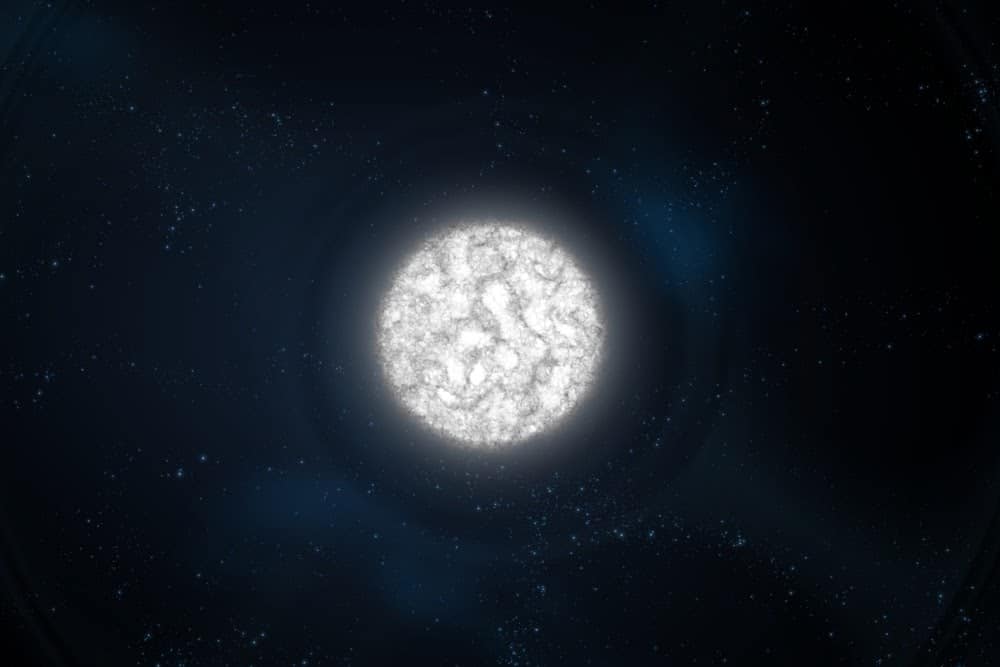
All About Dwarf Stars
Long-lived dwarf stars, on the other hand, might be suitable places to support habitable zones even though they are tidally locked, which means presenting only one side to the star just like the moon does to the Earth. According to the scientists, such worlds would be burned on one side, and frozen on the other.
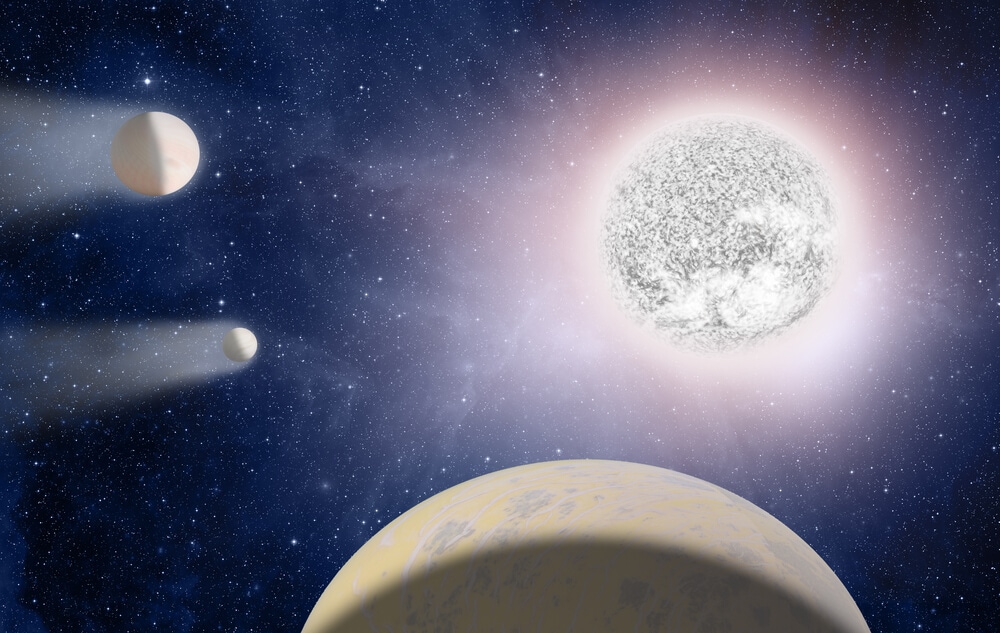
Later it was discovered that the planet-girdling winds could make everything eve, providing some of such worlds with temperate climates. So, the safest bet could be sun-like stars that have planets of the size and orbit of Earth.
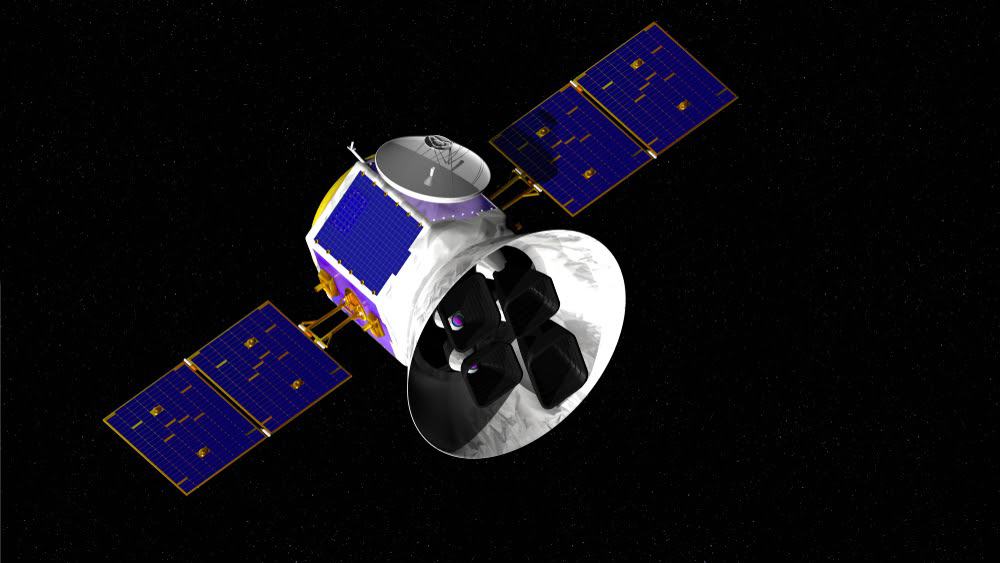
TOI 700 d – Recently Discovered Planet That May Support Life
NASA’s TESS (Transiting Exoplanet Survey Satellite) employed the approach mentioned above to detect the first planet of the size of the Earth, which is in the habitable zone of its star (the distance where conditions let the liquid form of water thrives on the planet’s surface). The planet, TOI 700 d, is confirmed by the scientists to possess a potential environment to support life.
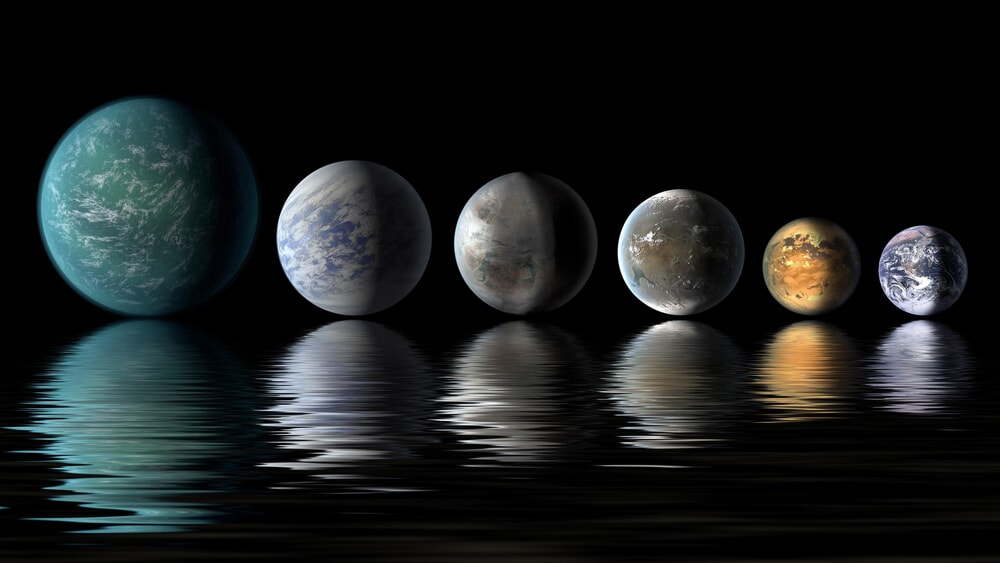
This planet TOI (TESS Object of Interest) 700 d is amongst the Earth-sized planets that have been detected in the habitable zone of their stars so far. As per Paul Hertz, the director of astrophysics division, NASA, Washington, TESS was created and launched, especially to detect the planets of the size of Earth orbiting the nearby stars. He added that it is easier to follow the planets revolving around the nearby stars with the more astronomical telescopes on the Earth and in space.
The discovery of the planet TOI 700 d is the significant science discovery for TESS. Another win is confirming habitable zone status and size of the planet with Spitzer, as Spitzer is approaching its end of the science operations in January 2020. TESS monitors vast swaths of the sky known as sectors for twenty-seven days at once. This extended stare lets the satellite track changes in the stellar brightness, which happens when an orbiting planet crosses in the star. This event is known as a transit.

TOI 700
TOI 700 is a small M dwarf star present over a hundred light-years away from us in Dorado, a southern constellation. It is approximately 40% of the mass and size of the sun and near half of the sun’s surface temperature. Observed by TESS in the first year of the mission, the star popped up in eleven of thirteen sectors, and the scientists caught several transits by TOI 700 d’s three planets.
Initially, the star was misclassified as being very similar to the sun in the TESS database, which meant the planets seemed hotter and more massive than they initially are. Several researchers, including a high school-going student, Alton Spencer, working with the team of TESS, spotted the error.
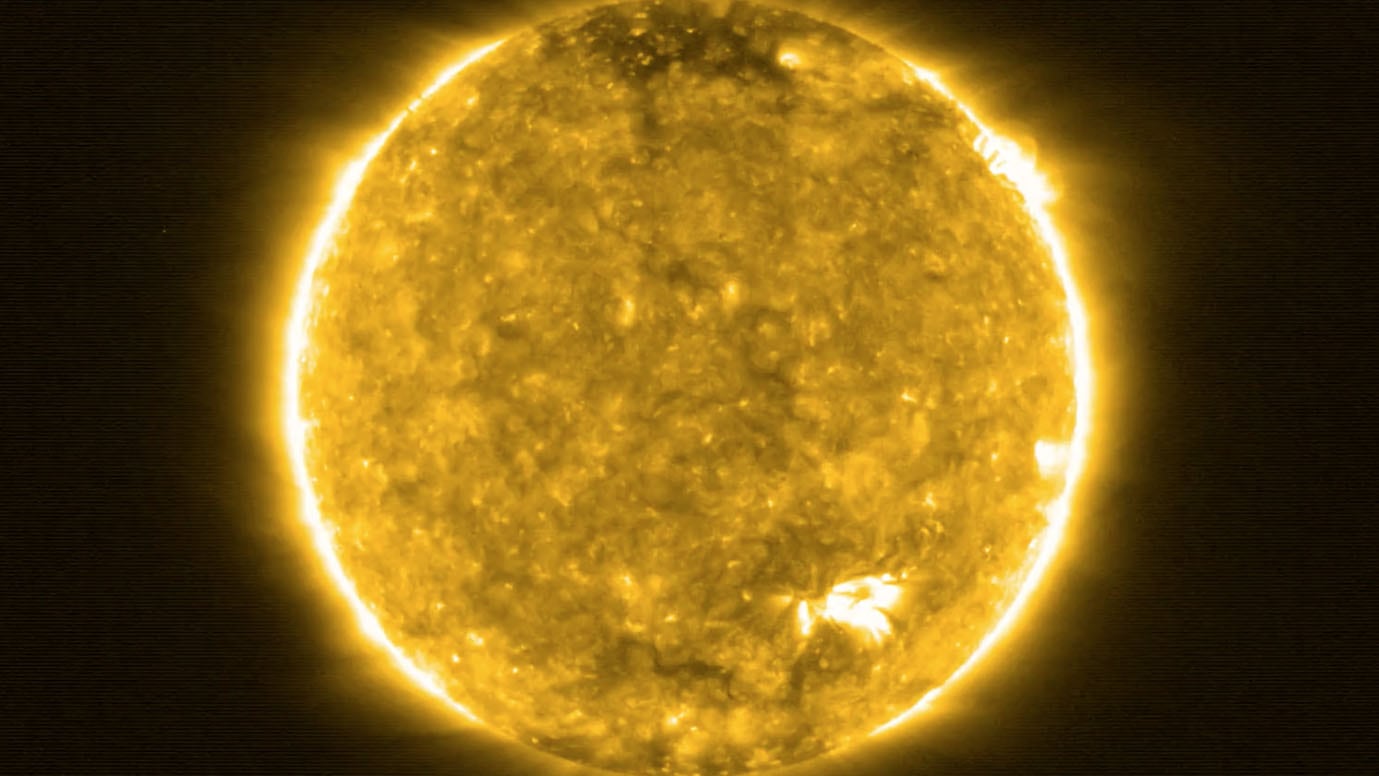
As soon as the error was corrected regarding the parameters of the star, its planets’ sizes dropped, and the researchers realized that the outermost planet was approximately the same size as the Earth as well as in a habitable zone. Additionally, in the eleven months of information, the researchers did not see any flares from TOI 700. These improved the chances of the planet being habitable and made it easier to copy and represent the surface and atmospheric conditions.
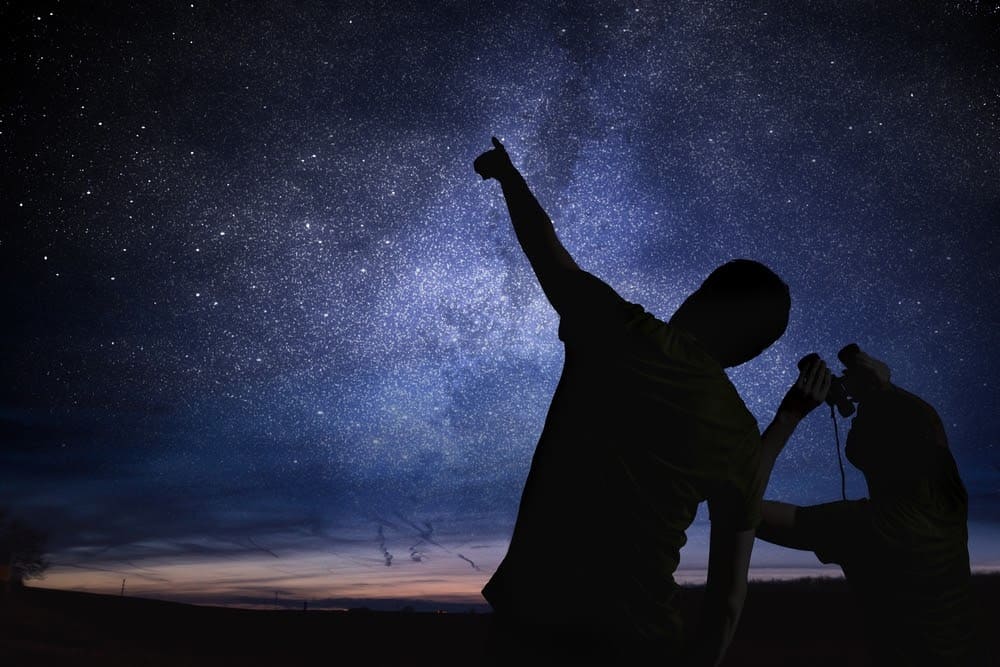
The Results Are In
These findings were presented at the two-hundred-and-thirty-fifth meeting of the AAS (American Astronomical Society) in Honolulu by Emily Gilbert, a University of Chicago graduate, and other researchers. They submitted three papers to support the findings, and Emily led one of them to the scientific journals.
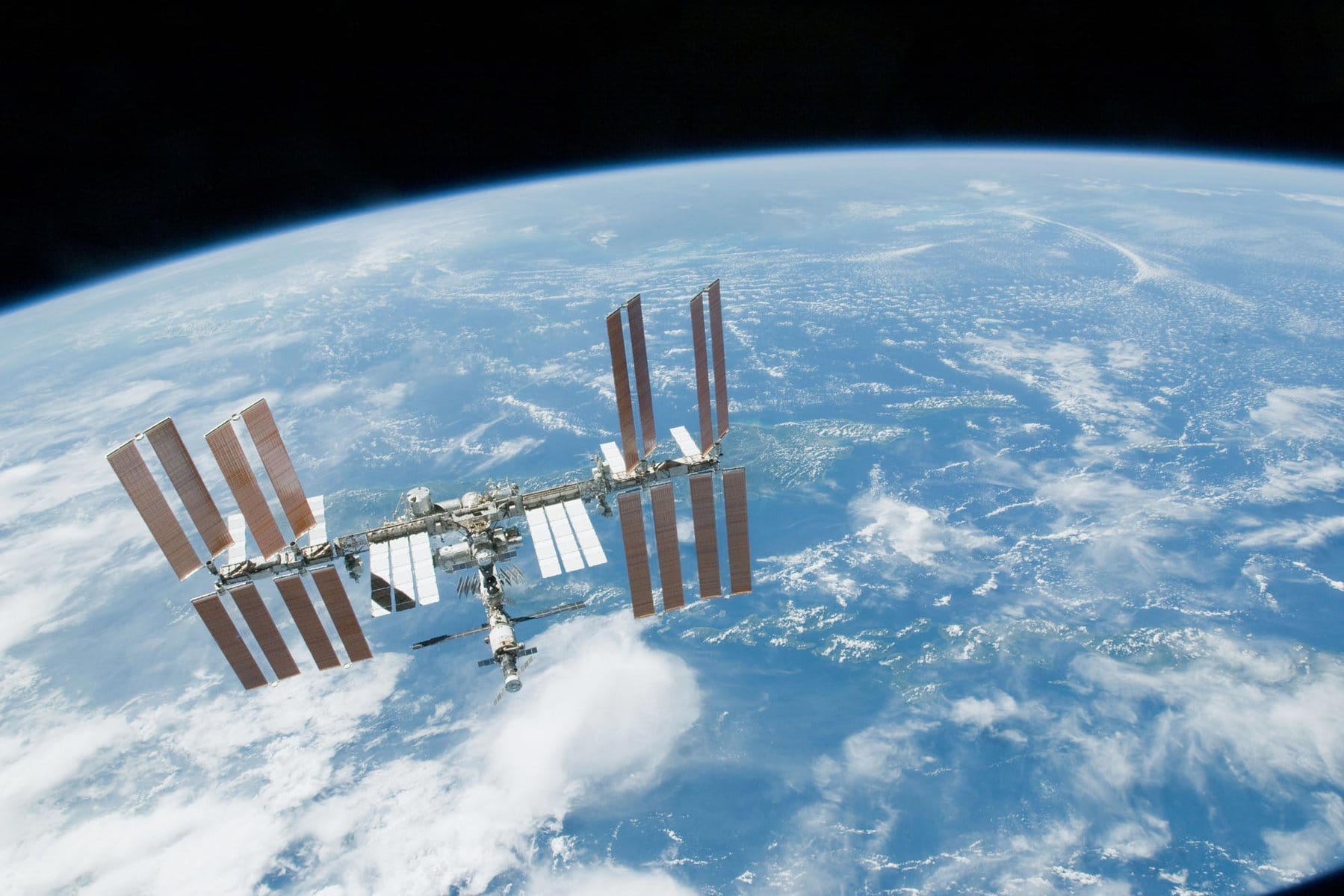
It takes ten days for the innermost planet (TIO 700 b) to complete an orbit. This planet is almost the same size as the Earth and might be rocky. The middle world (TIO 700 c) takes 16 days to complete an orbit, and is 2.6 times Earth’s size, between the size of Neptune and Earth. It is believed to have a gas-dominated world.
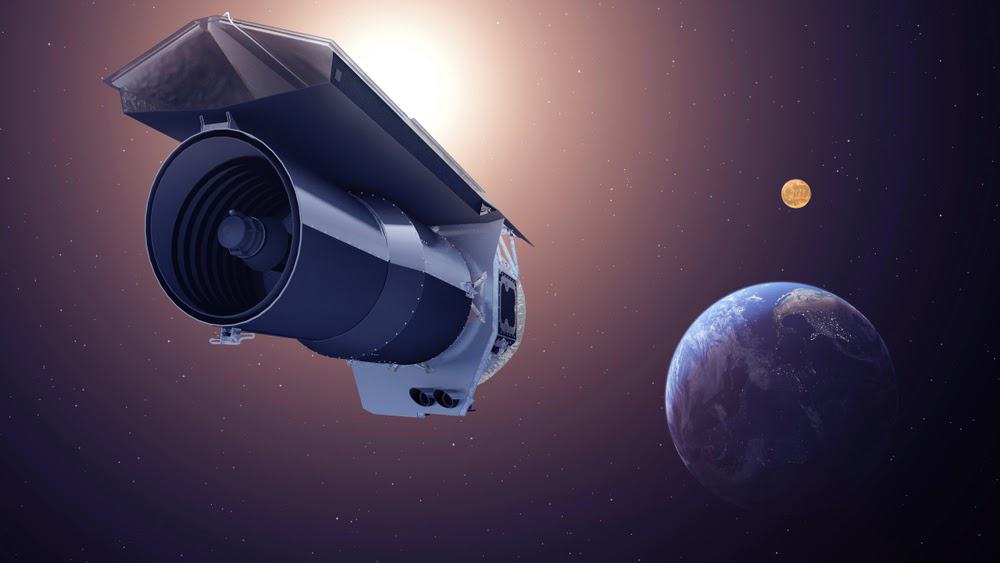
Harvard’s Research for TOI 700 d
The planet TOI 700 d is the outermost planet in the star system, as well as the only one in the habitable zone. It measures 20% more than the Earth, circles every 37 days, as well as receives from Itoi 700 d almost 86% of the energy received by Earth from the sun. It is believed that these three planets are tidally locked to the star, which implies all of them rotate once during one orbit. It means that one side of these planets is continuously facing the daylight.
Joseph Rodriguez, one of the astronomers at the Center for Astrophysics at Harvard & Smithsonian in Cambridge, Massachusetts, and his team of scientists requested follow-up monitoring with Spitzer telescope to confirm the planet TIO 700 d. Rodriguez said that given the magnitude of the discovery, that TOI 700’s third planet is the first habitable zone by TESS, the team wanted their understanding of the system to be as stable as possible. He added that Spitzer saw the planet transit at the exact time they had expected it to. He called this an impactful addition to the mission’s legacy that helped affirm two of TRAPPIST-1 planets as well as identify five more.
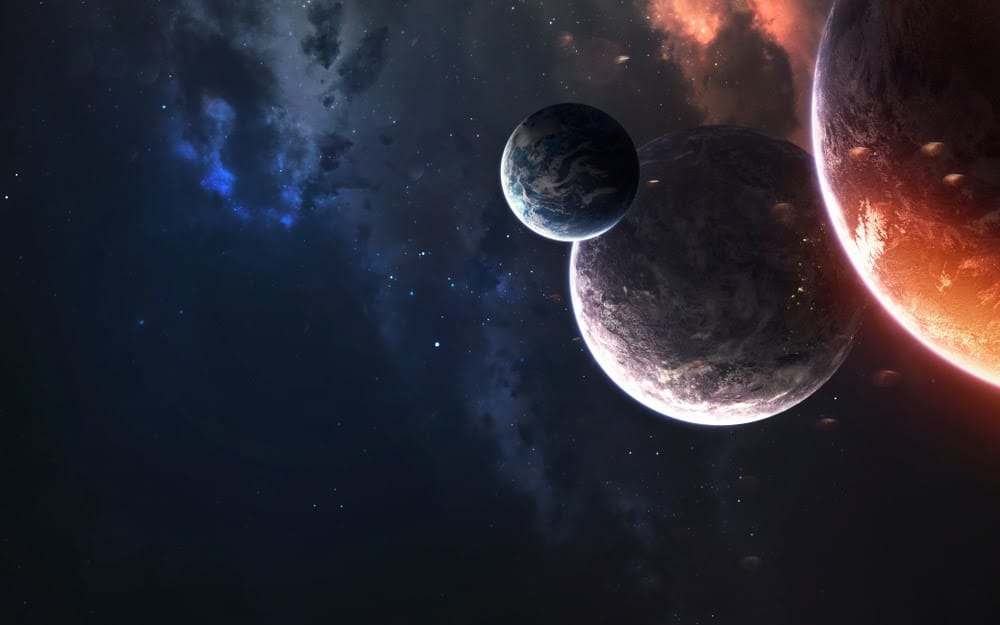
What the Telescope Revealed
Scientists’ confidence regarding TOI 700 d being a real planet increased due to the Spitzer data. It also sharpened the measurements of this planet’s size by 38% and the orbital period by approximately 56%. Furthermore, it ruled out other probable astrophysical causes of transit signal, like the presence of dimmer, smaller aiding star in the system.
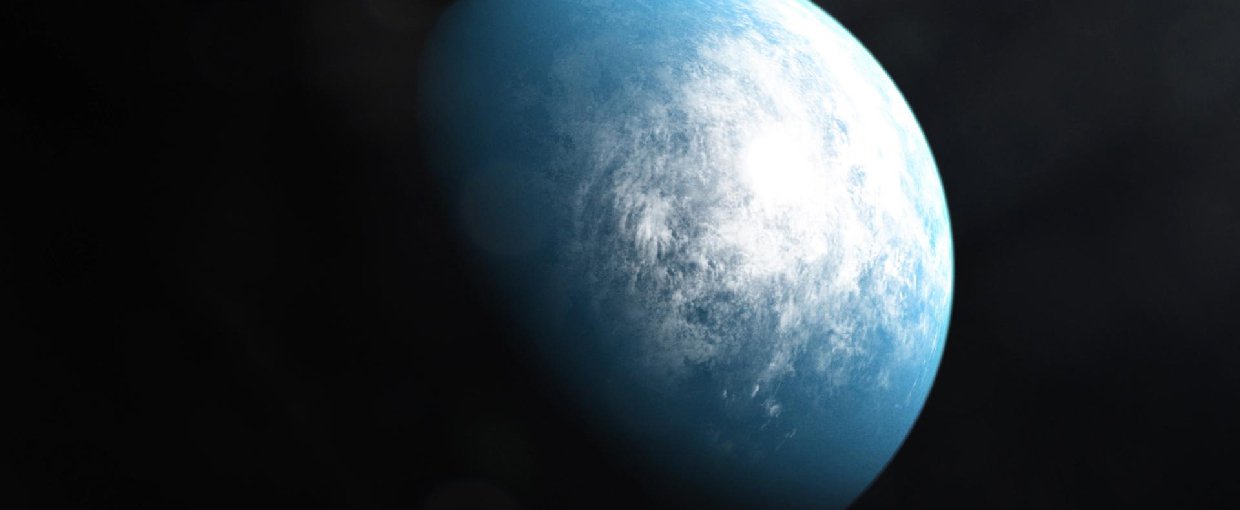
The colleagues of Rodriguez and Rodriguez utilized follow-up impressions from the ground-based telescope of 1-meter in the universal Las Cumbers Observatory network in order to improve the confidence of the scientists in the size and orbital period of the TOI 700 c by 36% and 30% respectively.
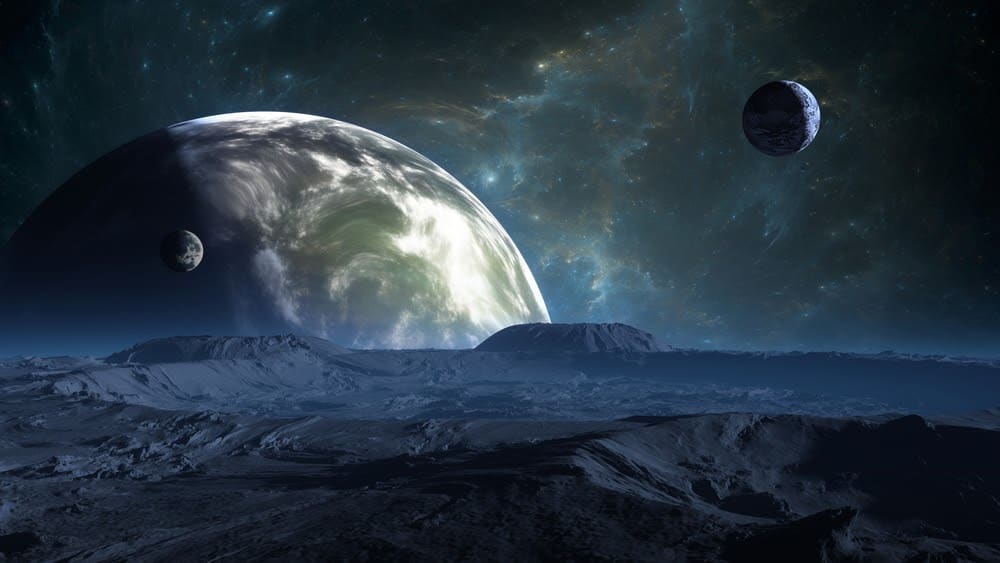
Could People Really Live There?
Because the TOI 700 star is bright, close, and does not show any signs of stellar flares, this system is an essential candidate for close mass measures by modern ground-based observatories. The tests could confirm the estimates of scientists that the outer and inner planets are rocky as well as the middle one is formed of gas.
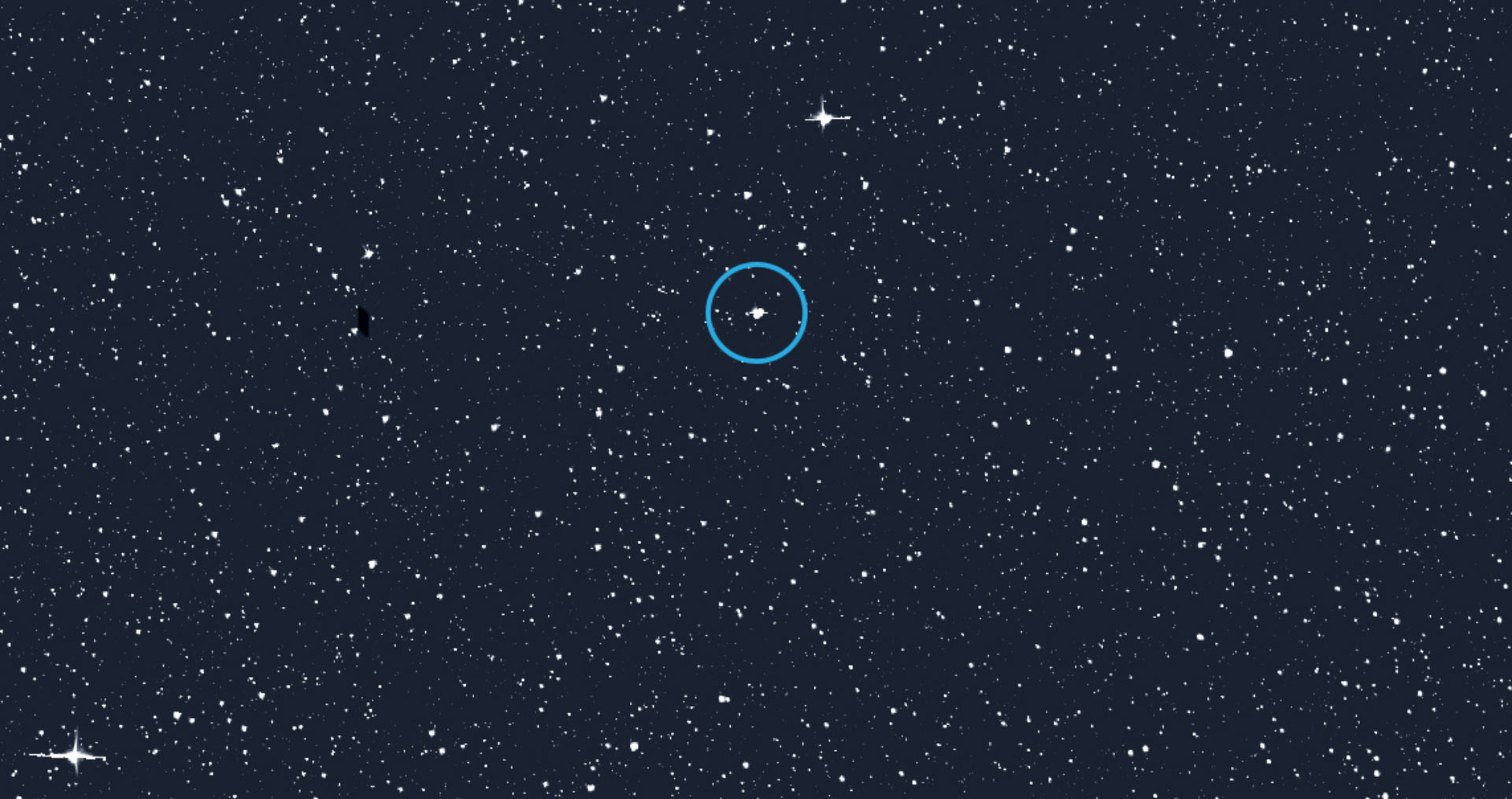
Through future missions, scientists may identify if these planters possess atmospheres and ascertain their compositions. Scientists can utilize the current information, such as the size and star type TIO 700 d orbits, to produce computer models as well as form predictions. At the same time, currently, the exact conditions on the planet are unknown.
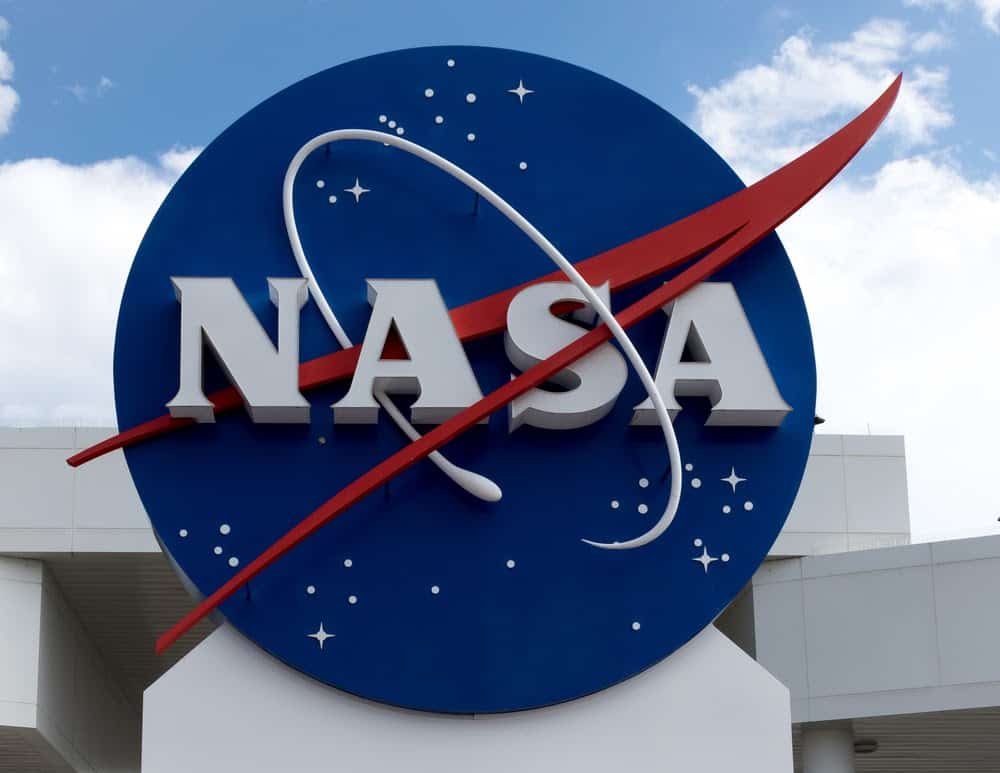
NASA’s Ideas
The NASA researchers at Goddard Space Flight Center in Greenbelt, Maryland, made 20 possible environments of the planet to gauge whether any version would offer surface pressures and temperatures suitable for habitability. Their climate models examined several atmospheric compositions and surface types generally associated with what the scientists call as potentially habitable worlds. It is anticipated that the wind patterns and cloud formations of TOI 700 d to be extremely different from Earth’s because it is tidally locked to the star.
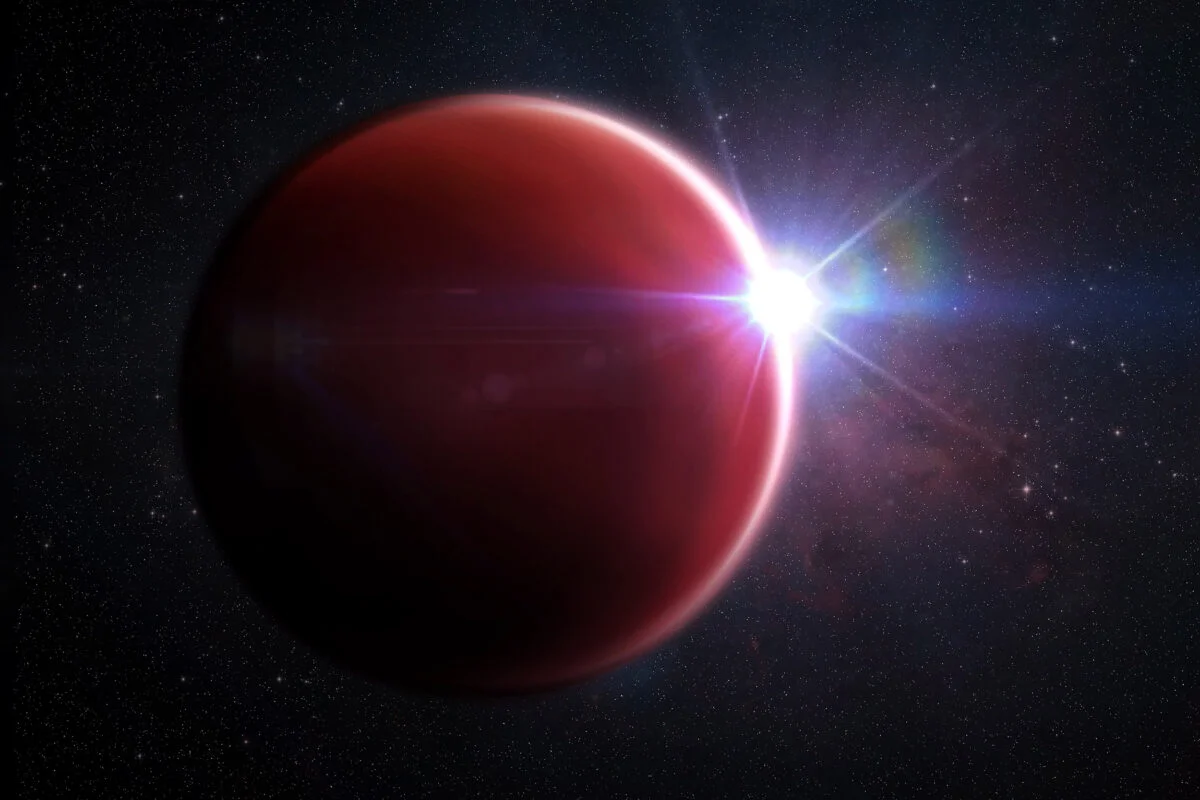
One simulation included TOI 700 d to be covered in the ocean with a carbon-dioxide-dominated atmosphere, which is similar to what the scientists suspect covered Mars in its young days. This model contains a deep cloud layer on its star-facing side. On the other hand, another model depicts the planet as an all-land, cloudless version of the modern Earth, where the winds blow away from TOI 700d’s night side and converge on the point that directly faces the star.

The Trial Test
When starlight passes through the atmosphere of a planet, it interacts with nitrogen and carbon dioxide to produce distinct signals known as spectral lines. A modeling team produced simulated spectra for 20 versions of the planet TOI 700 d. This team is led by a University Space Research Association visiting research assistant at Goddard, Gabrielle Englemann-Sussia.
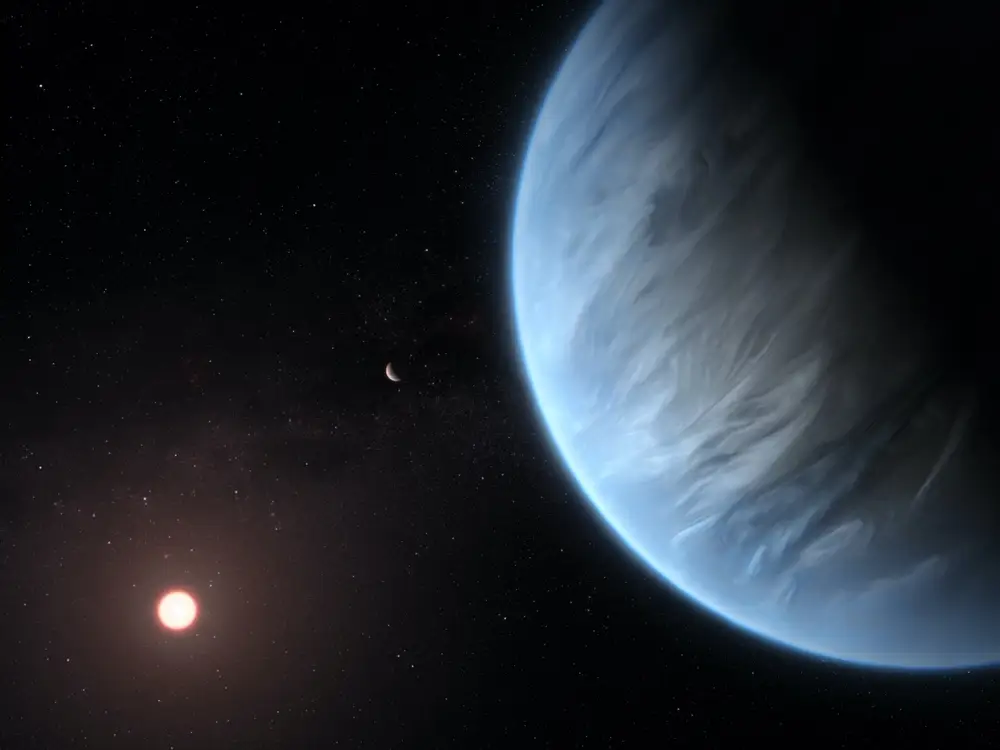
Gabrielle said that someday when they have actual spectra from the planet, they can backtrack and match them to the nearest simulated range and match that to the model. She called it exciting because whatever we are going to discover about TOI 700 d, it is going to be completely different from the Earth.
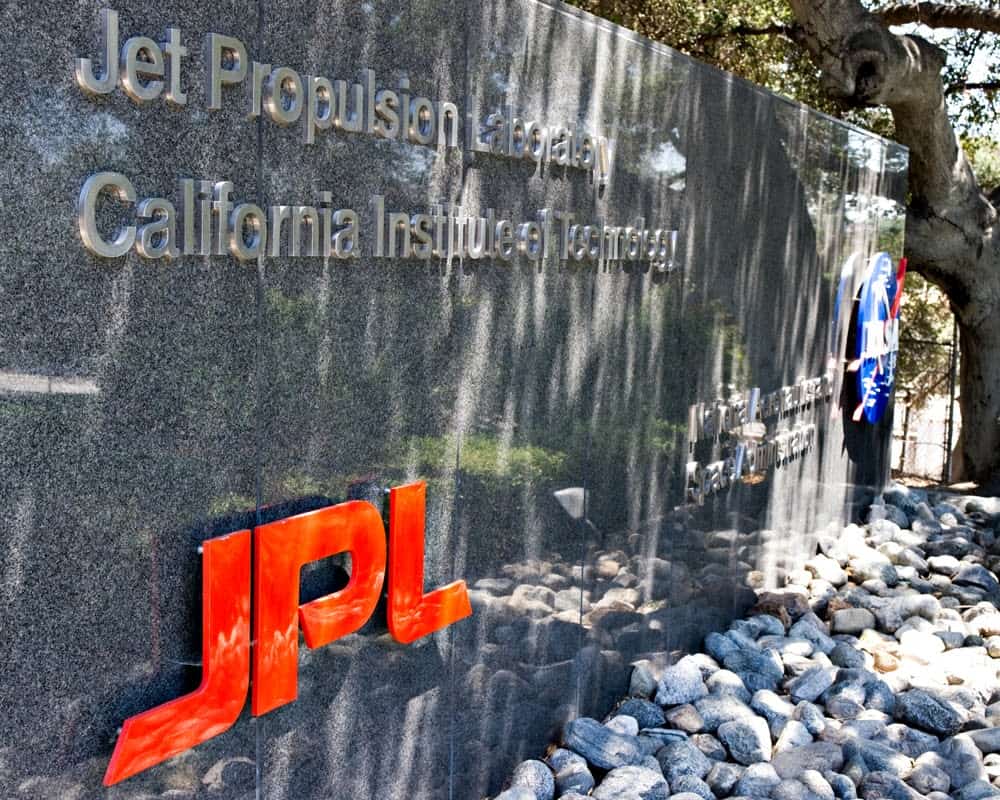
The TESS Mission
The TESS is a mission by NASA Astrophysics Explorer, which is operated and led by MIT in Cambridge, Massachusetts, as well as managed by NASA’s Goddard Space Flight Center. Northrop Grumman, of Falls Church, Virginia; NASA’s Ames Research Center in California’s Silicon Valley, Baltimore’s Space Telescope Science Institute, and the Harvard-Smithsonian Center for Astrophysics in Cambridge, Massachusetts are the additional partners. More than a dozen research institutes, observatories, and universities worldwide have participated in the mission.
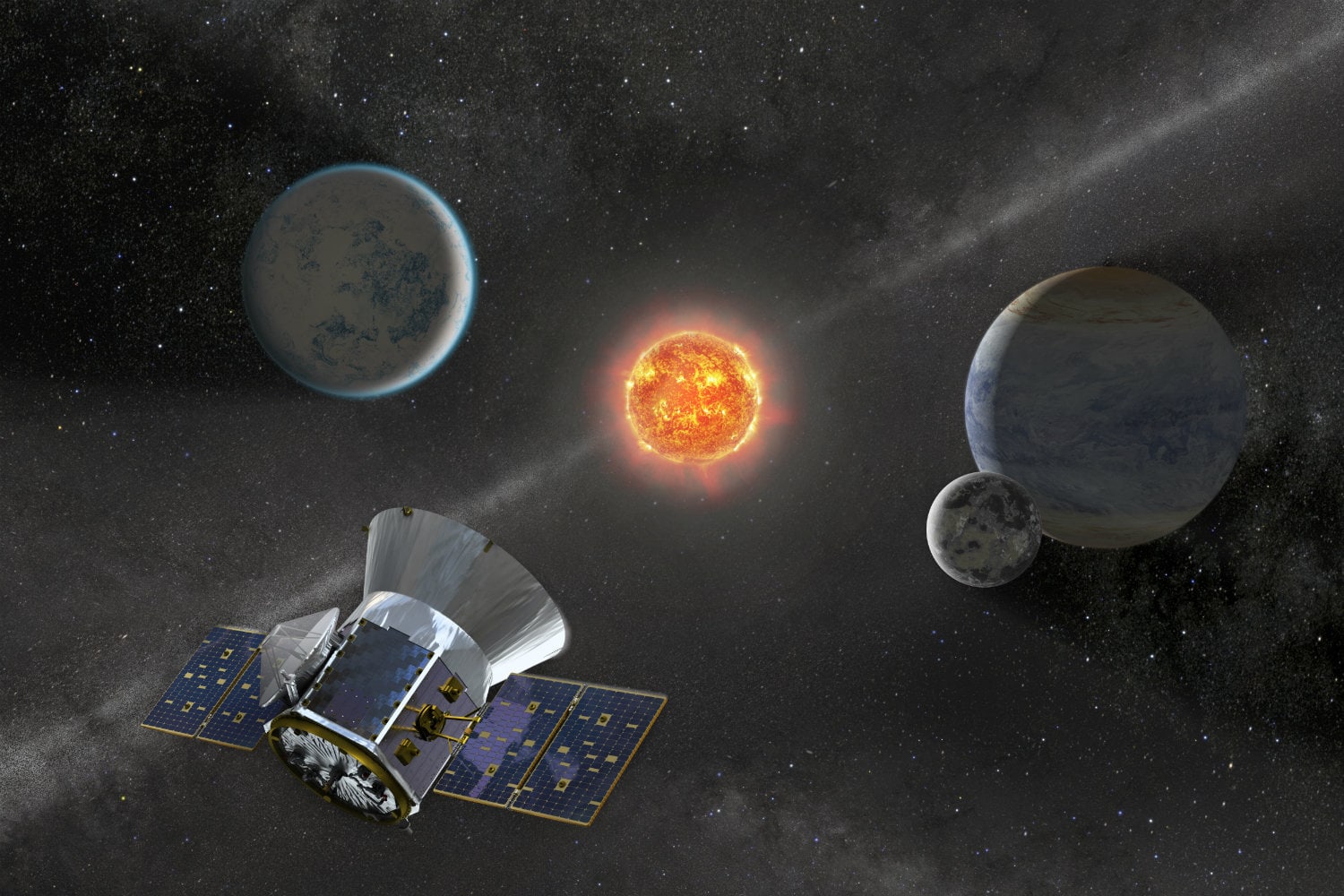
It is the Jet Propulsion Laboratory in Pasadena, California that manages the mission of Spitzer Space Telescope for NASA’s Science Mission Directorate in Washington. The science operations happen at the Spitzer Science Center at Caltech in Pasadena. The space operations operate in Lockheed Martin Space in Littleton, Colorado. Infrared Science Archive housed at IPAC at Caltech, which also manages JPL for NASA, is where the data is archived. The modeling work was sponsored via Goddard’s Sellers Exoplanet Environments Collaboration, a multidisciplinary collaboration that gathers experts to make sophisticated and comprehensive computers to analyze the future and current exoplanet observations better.
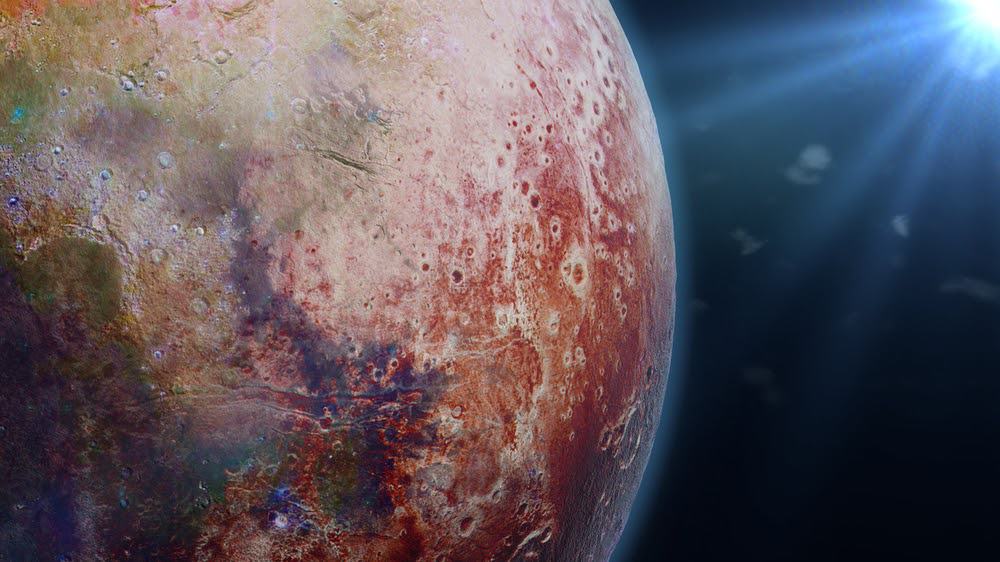
Other Life-Supporting Planets
Astronomers have discovered two more planets that could be life-supporting and “cold Neptune.” These two possible habitable worlds orbit red dwarf stars GJ180 and GJ229A, which lie 39 light-years and 19 light-years from Earth, respectively. That is not far in the enormous scheme of things, taking into consideration that the famous disk of the Milky Way galaxy is approximately 100,000 light-years wide.
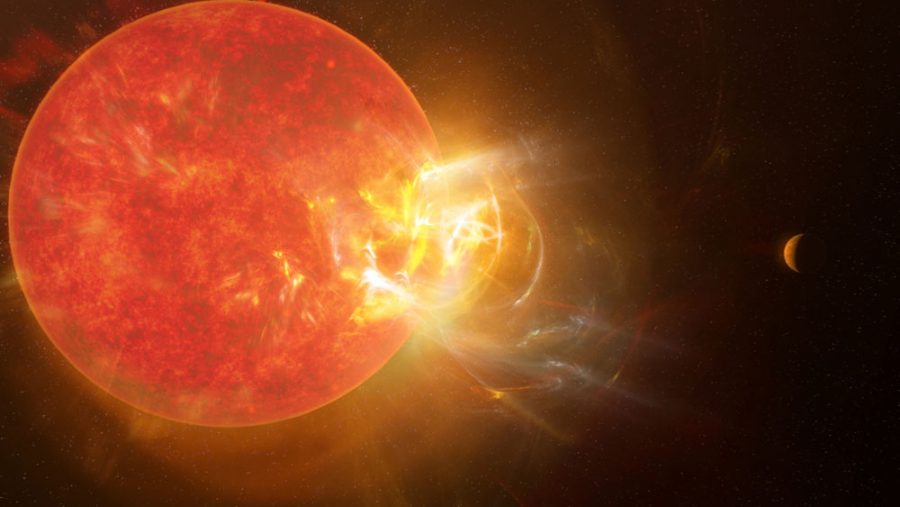
Proxima Centauri, the nearest neighbor star of the sun is almost 4.2 light-years away. This might seem near in astronomy terms; you should know that one light-year has 5.88 trillion miles, which means it would take several thousand human years to cover such a considerable distance. For comparison, the most distant planet, Pluto, visited by human spacecraft, circles the sun at 5.5 light hours or 3.67 billion miles. The New Horizons probe, which flew by Pluto, took nine years to travel there, as well as, it is considered to be one of the fastest-ever-man-made objects.
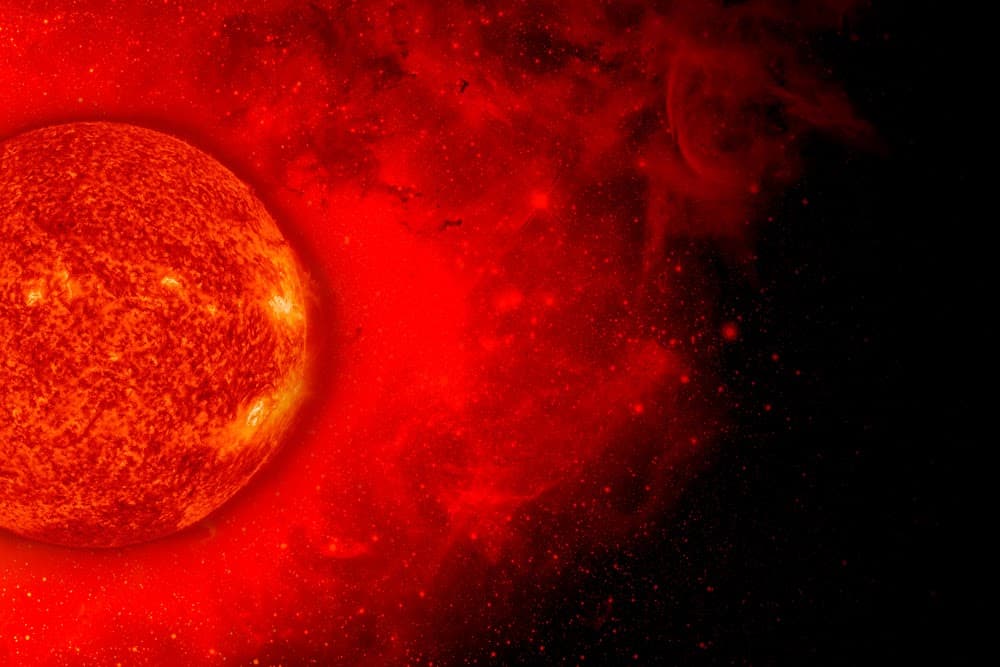
Red Dwarfs
The red dwarfs that make up almost 70% of the stellar population of the Milky Way are notably dimmer and smaller than the sun. So, the habitable zones of these stars, the range of the orbital distance where liquid water could be steady on the surface of a world, lie way closer in than they are in sun-like systems.
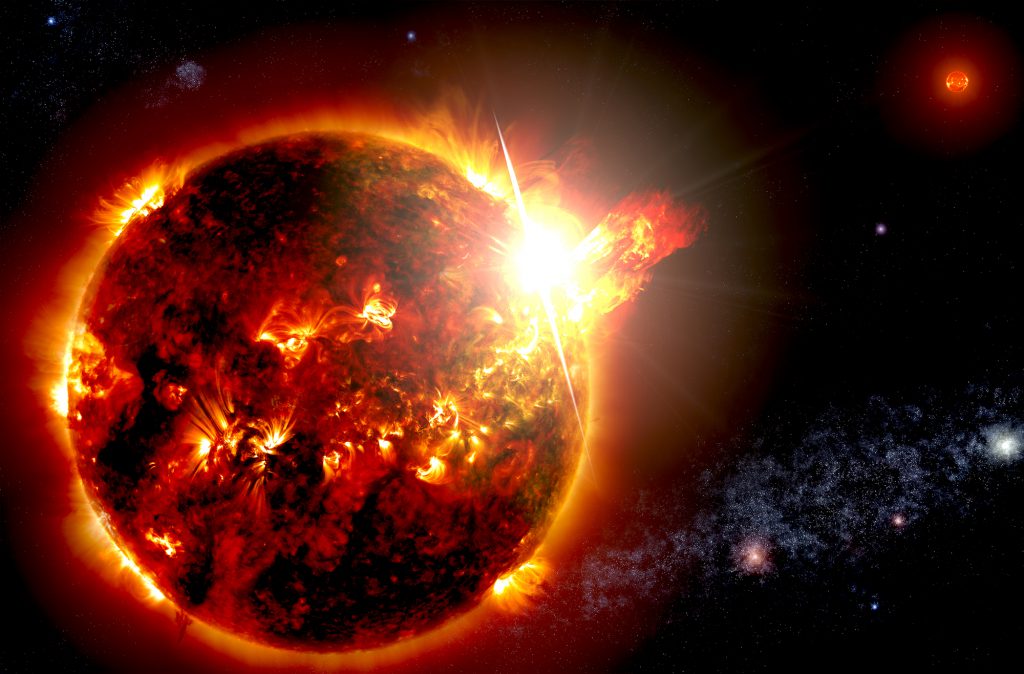
Habitable-zone red dwarf planets are tidally locked, which is not a good thing for habitability, as it can leave the world with a fright nightside and a scorching dayside. But in the case of a thick atmosphere, the heat can be globally distributed and mitigate extreme temperatures.
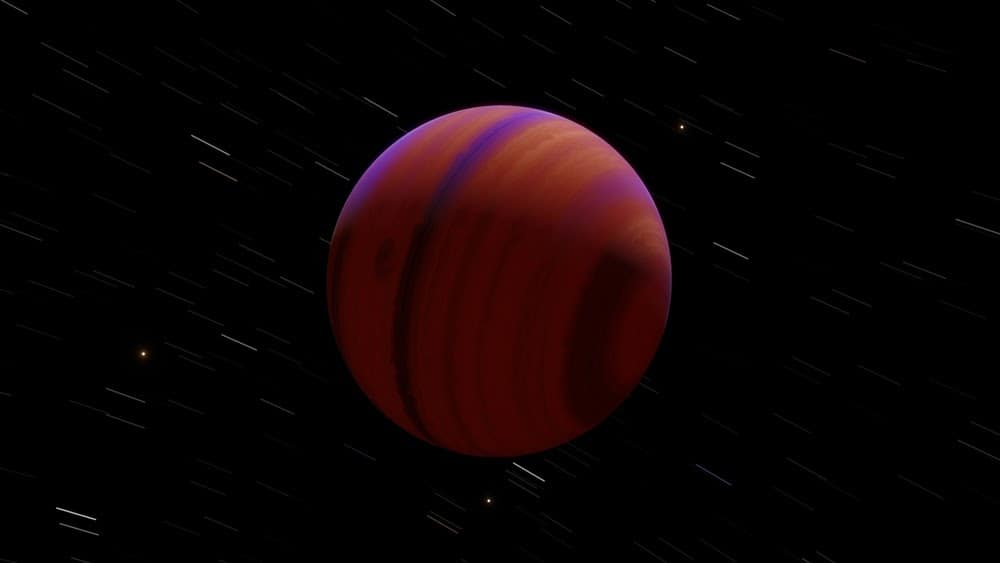
Unique Worlds
However, the newfound planets around GJ299A and GJ180, known as GJ299A c and GJ180 d respectively, orbit sufficiently enough to avoid tidal locking. The team members confirmed. This makes GJ 180 d a unique world. As per the team leader of the Carnegie Institution for Science in Washington, D.C., Fabo Feng, GJ180 d is the closest temperate super-earth that isn’t tidally locked to the star, which boosts its likelihood of supporting and hosting life. This super-Earth is slightly bigger than the Earth and has at least 7.5 times the Earth’s mass.
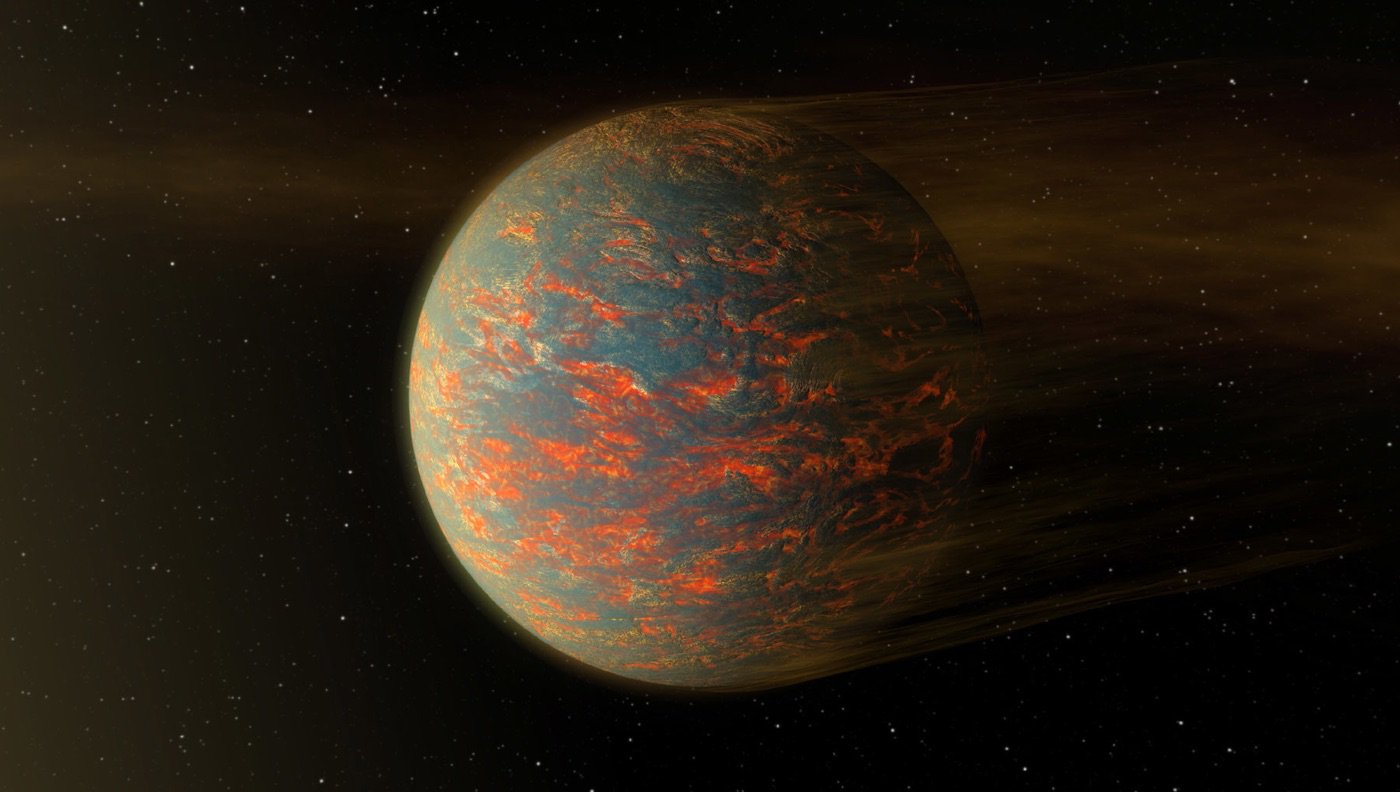
On the other hand, GJ299A is another super-Earth and is probably 7.9 times the Earth’s mass. GJ180 d finished one orbit in 106 Earth days while GJ299A c took 122 Earth days for the same. GJ229 A c resides in a binary system containing a brown dwarf (which is called GJ229B) and a red dwarf. Brown dwarfs are bigger than the gas-giant planets but are too small to go through fusion reactions in the core. It is why they are also called failed stars.

Multiple Systems
Just like the name GJ180 d indicates, it is not a single world in its system. The astronomers had discovered two planets orbiting the red dwarf, GJ180 c, and GJ180 b previously. Although astronomers do not know much about these two newfound super-earths, they may learn a lot soon. Because these two planets are not too far from our solar system, they make high targets for research through substantial future investments like James Webb Space Telescope by NASA, which will launch next year.

Feng said that their discovery adds to the list of planets that could be imaged by the telescopes next generation. He said that ultimately they are working towards finding whether the planets orbiting close to stars host life. According to Jeff Crane of the Carnegie Institution, they eventually want to make a map of every world orbiting the nearest star to our solar system, specifically the ones that are possibly habitable.

More Discoveries
Another newly discovered GJ 433 d or the cold Neptune does not seem to be a suitable candidate for life, but it is unusual for other reasons. Firstly, this planet is 4.9 times the size of Earth and orbits dims red dwarf that is only 29.5 light-years away from the Earth. Feng noted that GJ 433 d is the widest, coldest, and nearest Neptune-like planet detected until now. He also said that the alien world is a great candidate for the follow-up study that includes direct imaging.
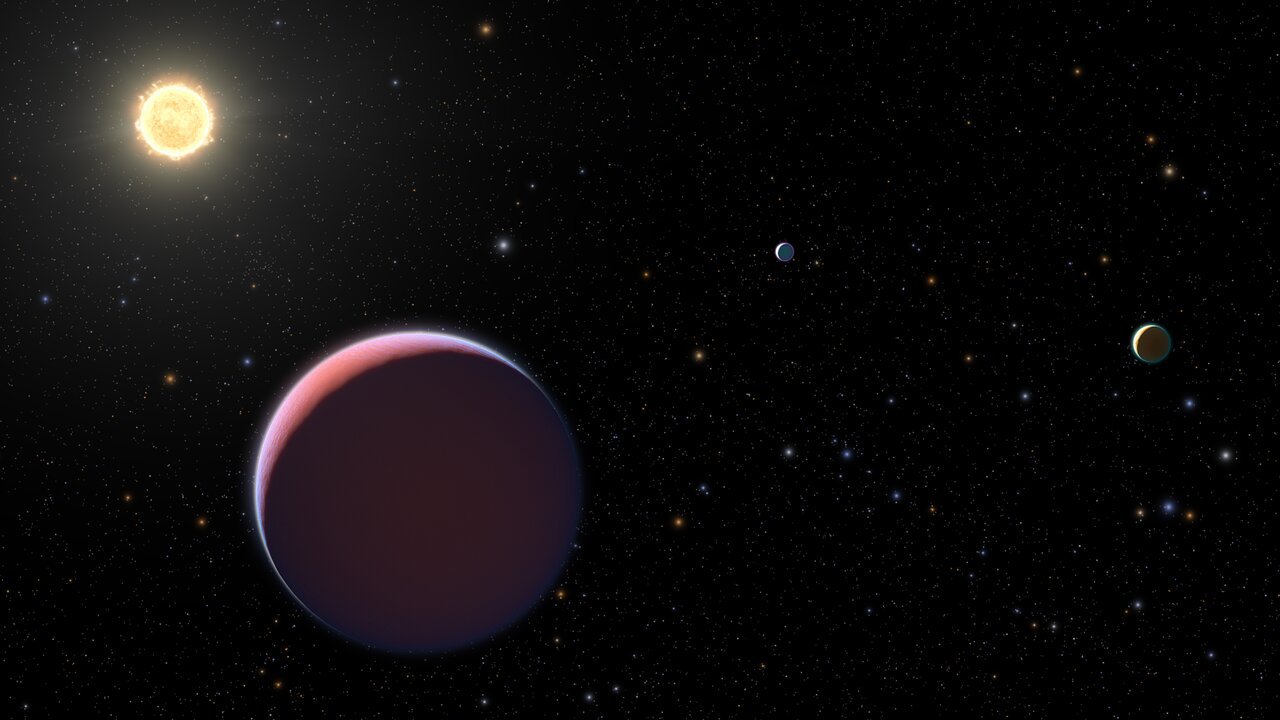
These discoveries were made after researchers reanalyzed the data collected by the ESO’s (European Southern Observatory) UVES (Ultraviolet and Visual Echelle Spectrograph) instrument during the survey from 2000 to 2007 of almost thirty-three nearby red dwarfs. These were radial-velocity measures or observations that can reveal the stellar motion caused due to gravitational tugs of orbiting planets.
The team supplemented UVES data with measurements made by three other instruments – ESO’s High Accuracy Radial Velocity Planet Searcher (HARPS) at the La Silla Observatory in Chile, Carnegie Planet Finder Spectrograph (PFS) at Las Campanas Observatory in Chile, and High-Resolution Echelle Spectrometer (HIRES) at the Keck Observatory in Hawaii. As a result, five newfound alien planets and eight unconfirmed exoplanet candidates were detected.
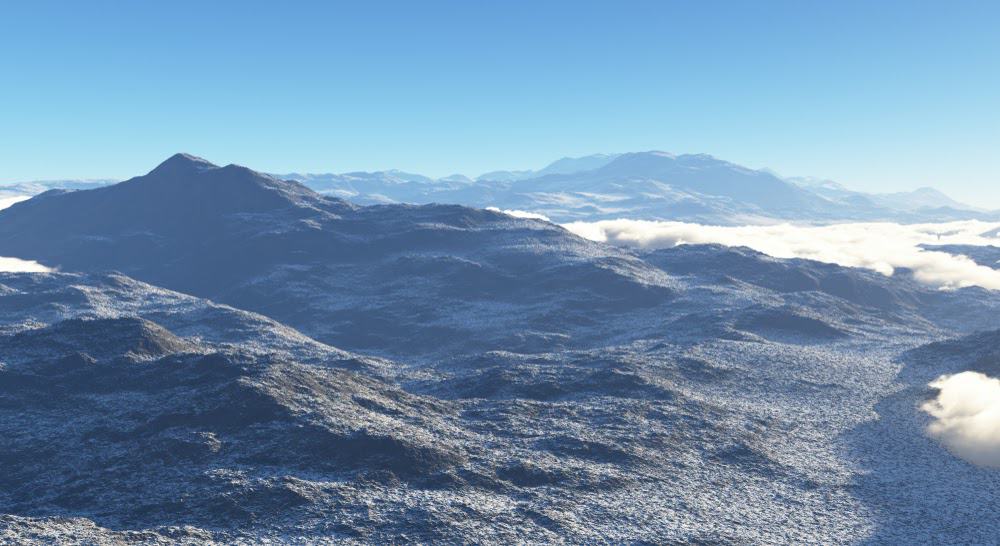
The Teagarden Stars
Teagarden Star b -Teagarden Star b was discovered in 2019 and is a kind of rocky exoplanet known as super-Earth. This planet orbits its star in 4.9 Earth day and weighs 1.05 times more than our world. This star system is just 12.5 light-years away from the Earth.
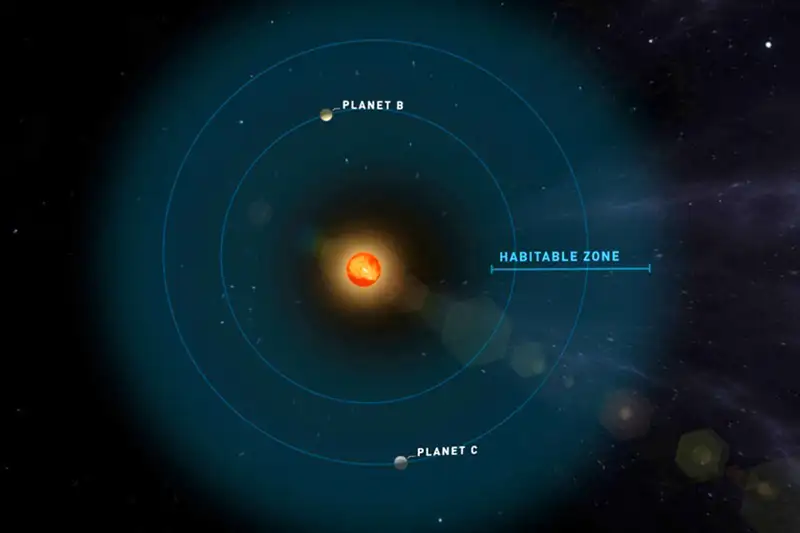
Teagarden Star c – It was discovered in 2019 alongside Teagarden Star b and is also possibly a rocky super-Earth. Teagarden Star c has an orbital time of 11.4 Earth days as well as a mass of 1.11 times the Earth. This star system is just 12.5 light-years away from the Earth.
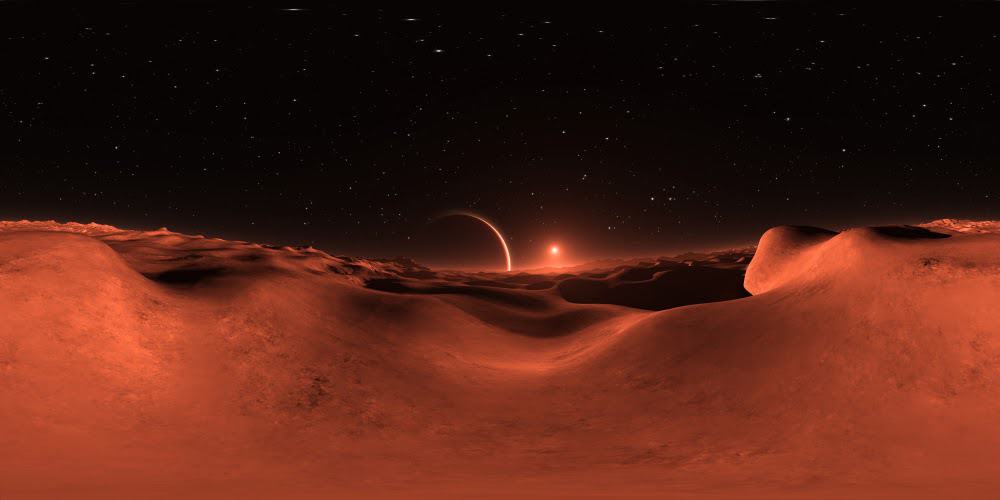
Unconfirmed Exoplanets
K2-72 e was discovered in 2016 and orbited the K2072 star of the Aquarius constellation. It is an M-Warm Terran, rocky exoplanet only 217 light-years away from the Earth. Proxima Centauri b – It orbits the closest stellar neighbor of the Earth, Proxima Centauri, which is 4.22 light-years away. Proxima Centauri b is 1.27 heavier than the Earth and takes 11.2 Earth days to orbit its star. The scientists announced Proxima Centauri b in 2016.
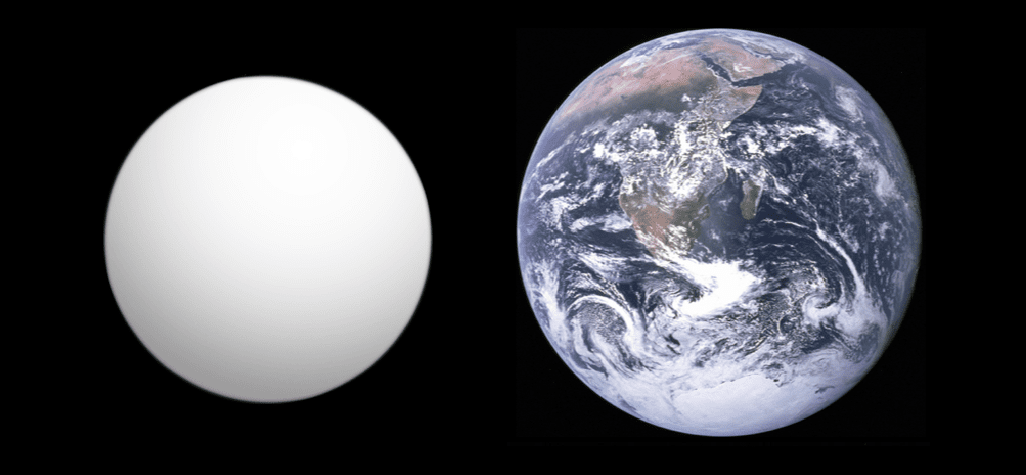
Wolf 1061 c – This planet takes only 17.9 Earth days to orbit its M-type star, which lies 14 light-years away from the Earth. It has a significant mass, almost 3.41 times the Earth’s. Tau Ceti f – It is a super-Earth exoplanet that orbits a G-type star every 1.7 Earth years. The star is visible from the Earth and sits only 12 light-years away. It has a mass of almost 3.93 times the Earth’s. However, scientists have questioned Tau Ceti f’s and its neighbor’s habitable status. Then, a 2015 study claimed that this label was generous as the exoplanets did not enter habitable zone until under a billion years and cosmically recently.
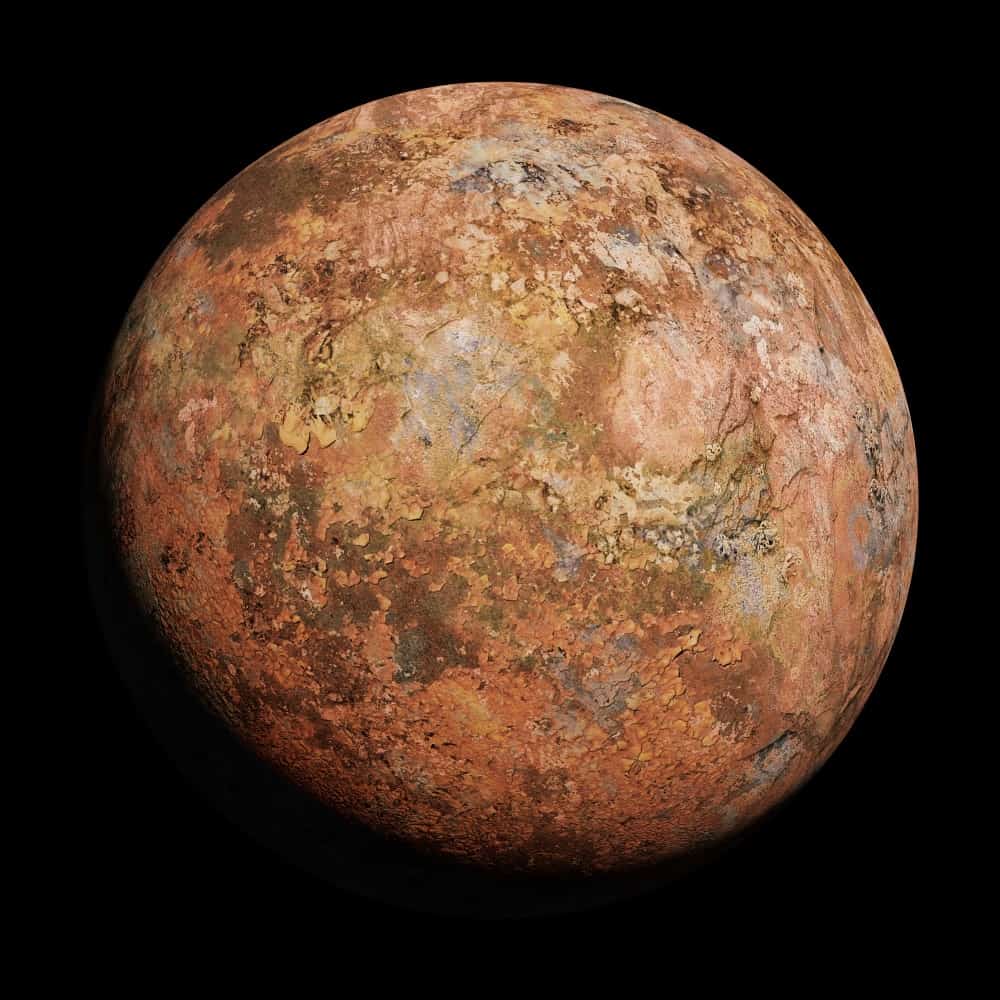
TRAPPIST Exoplanets
TRAPPIST – 1 d – Scientists discovered Trappist – 1 way back in 1999. But it was only in 2016 that they discovered its surrounding exoplanets. This star system is only 40 light-years away from the Earth. Some data suggest that this planet may possess a ring of water around its terminator or the line, which demarcates the chilly night side and the warm day side of the planet. TRAPPIST – 1 f – Revolving around TRAPPIST – 1, this planet takes 9.4 Earth days to do so and weighs .68 times of the Earth.
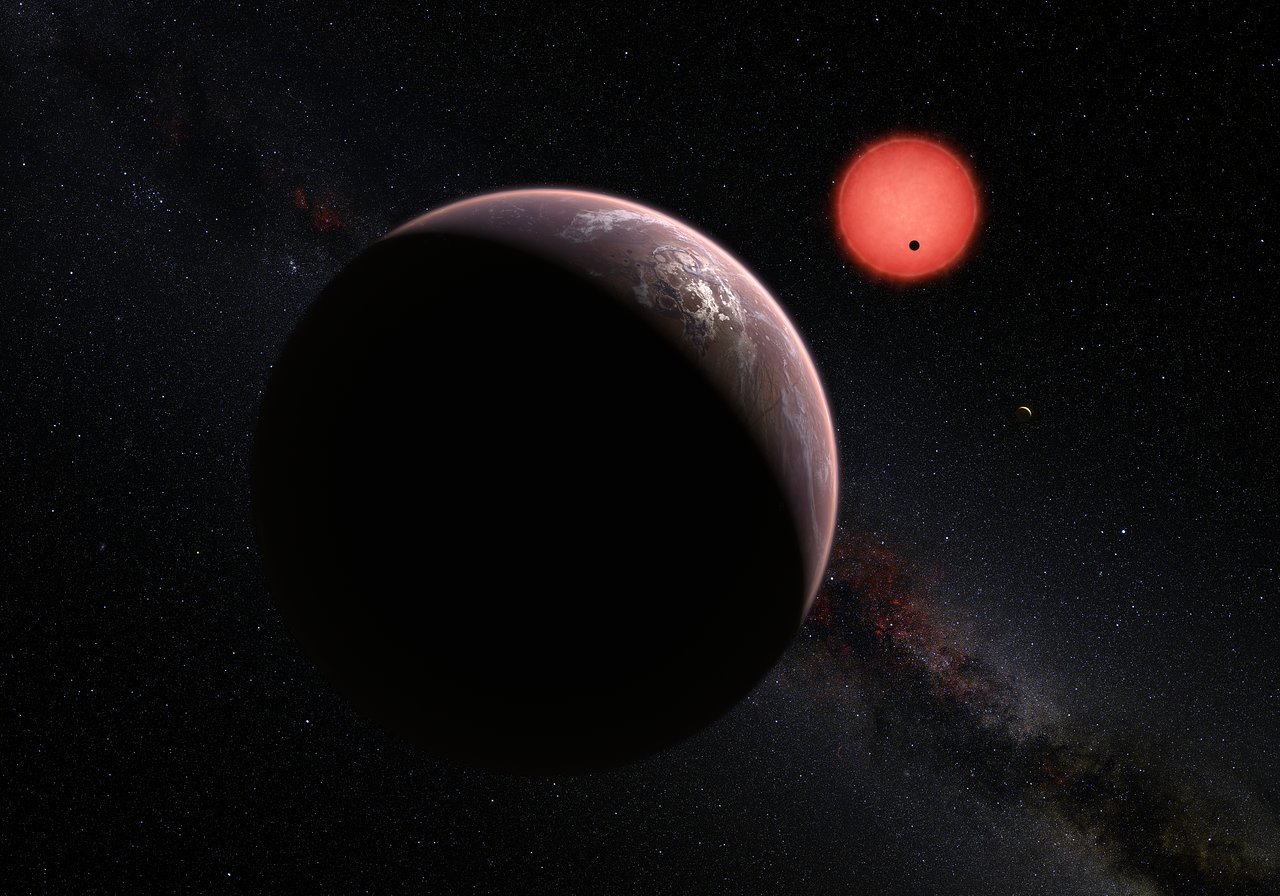
TRAPPIST – 1 e – It is the fourth one out of the TRAPPIST – 1 exoplanet as well as the second one within the habitable zone. In 2018, a paper was published, which suggests that this planet may have an iron core like the Earth and, thus, may possess a protective magnetosphere. TRAPPIST – 1 g – It is the largest TRAPPIST – 1 exoplanet, as well as the sixth from TRAPPIST – 1. It is thought to possess an atmosphere that is not rich in hydrogen. That means that it has evolved over a period of millions of years. Also, this means that it may be a rocky body, just like its TRAPPIST – 1 neighbors.
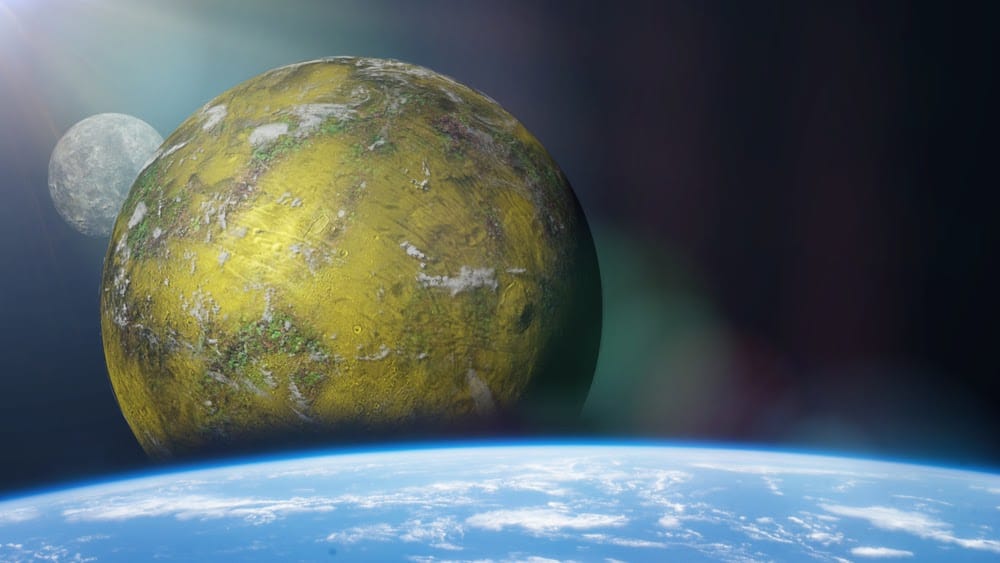
The GJs
GJ 667C c- This rocky world is amongst the six exoplanets revolving around GJ 667C and also the only one that lies in the habitable zone. It completes the orbit in 28.1 Earth days and is 3.8 times heavier than the Earth. It is 22 light-years away from us and debuted in 2011. GJ 667C e – This planet takes 62 Earth days to circle its star, as well as it is 2.7 Earth’s mass. It is one of the three worlds that orbit the star GJ 667C. Because this star is located 22 light-years away from the Earth, it is not visible from the Earth. GJ 667C f – This planet also has 2.7 times the Earth’s mass but completes its orbit around GJ 667C in 39 Earth days.
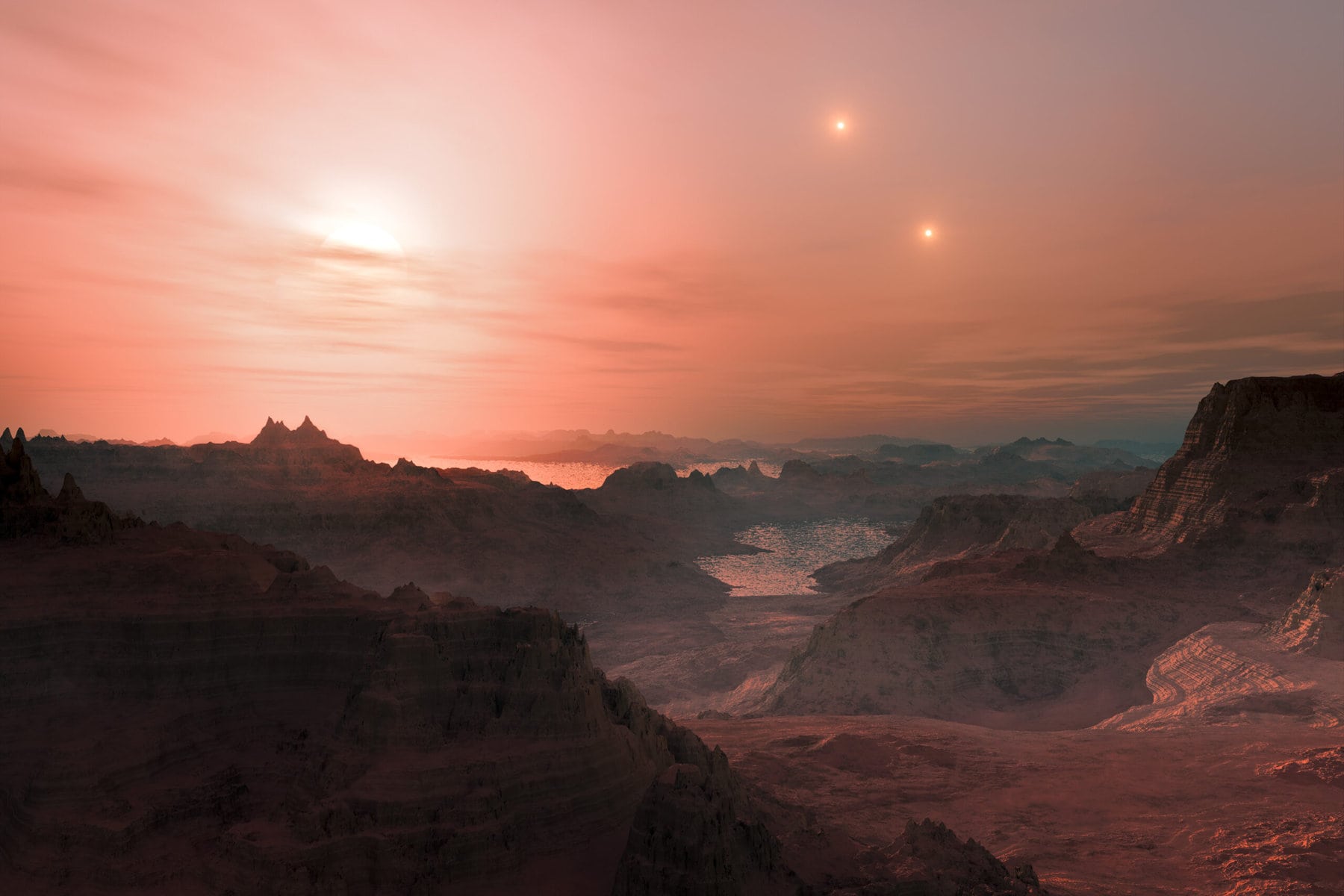
GJ 1061 c – It is amongst the three exoplanets that orbit the red dwarf star Gliese 1061. This star lies almost 12-light years away from our planet and is the twentieth nearest star to the Earth. GJ 1061 c takes 6.7 Earth days to complete one orbit. GJ 1061 d – GJ 1061 d orbits the star Gliese 1061, which can be detected in the Horologium constellation. It takes 12.4 Earth days for this planet to circle its star. GJ 3323 b – It takes 5.4 days for this super-Earth to complete one orbit around its M-type star. GJ 3323 b has a mass 2.02 times the Earth’s and is nearly 12 light-years from the Earth.
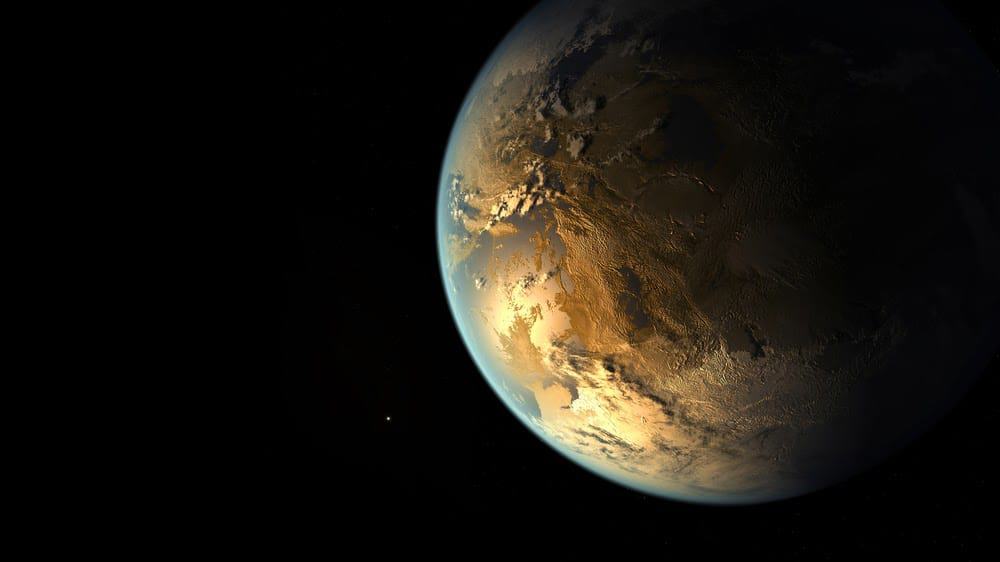
The Kelpers
Kepler – 186 f – It was the first exoplanet of the size of the Earth found in a habitable zone and had an orbit of one hundred and thirty Earth days and is nearly 10% larger than the Earth. It seems like Kepler – 186 f would be a good candidate to have liquid water, and probably life. However, it is 490 light-years away from the Earth, in the Cygnus constellation.
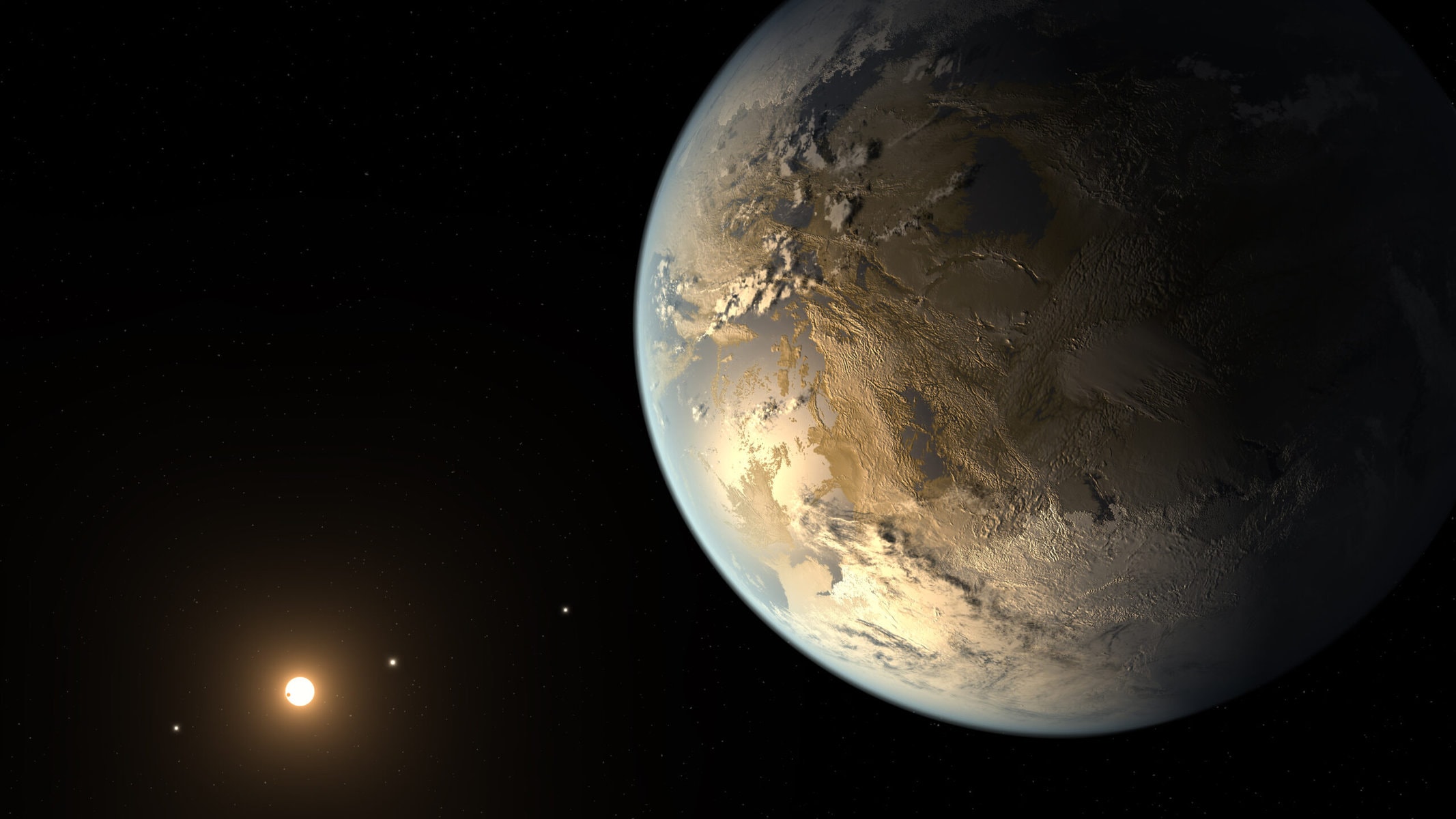
Kepler-62 f – This planet circles around Kepler-62, nearly 1,200 light-years away from the Earth. As per recent research, astronomers believe that this exoplanet may be water-world, similar to the Earth. It is almost 1.4 times bigger than the Earth. Kepler-1229 b – It orbits a K-type star. However, this super-Earth takes almost 86.8 days to complete an orbit around an orange dwarf, Kepler- 1229 that is 770 light-years away from the Earth.
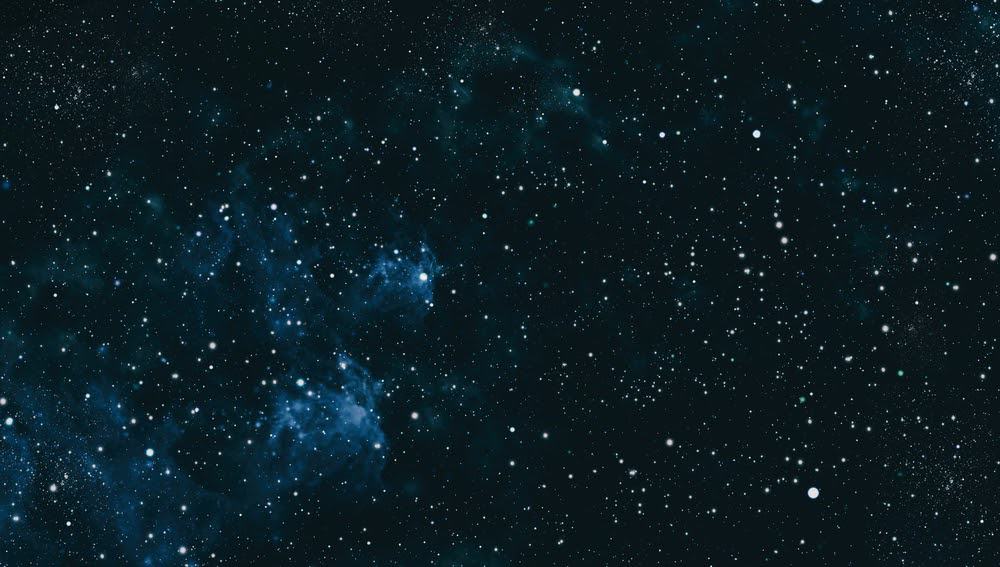
What Else is Out There?
Life on other planets than the Earth has fascinated humans for thousands of years. There are endless questions regarding the same, which need years of research and practice. But one thing is imperative to support life on any planet – water. Other factors that determine whether a world can support growth are its size, orbiting period, distance from its star, and the star type it is revolving around.
The recent discovery of TOI 770 d and the usage of advanced technologies may help us know more about the unknown worlds out there. Whatever we are going to discover is definitely going to be intriguing and unexpected.

